







Introducing a New Magazine Format:









Introducing a New Magazine Format:
Welcome to the updated INLA Magazine, where we highlight the power of community and the accomplishments of our members. Our new format puts a special emphasis on the incredible talent within the Indiana Nursery & Landscape Association.
In each issue, we'll shine a spotlight on one of our esteemed INLA members through a captivating cover story. Discover their inspiring journeys, innovative projects, and valuable insights as we celebrate their contributions to the industry.
Our dedication to community extends beyond the pages of our magazine. Follow us on Instagram and Facebook as we share the remarkable landscape projects of our members showcased through engaging posts and videos. This is a complimentary service exclusively for our members!
We want to feature your company! If you're an INLA member, we invite you to reach out to us on Instagram or Facebook to be included in our magazine features or social media coverage. Don't miss out on this incredible opportunity to showcase your work and inspire others within our thriving industry.
Join us as we embark on this exciting journey, embracing the spirit of community and recognizing the extraordinary talent that makes the INLA a remarkable association. Together, let's elevate the standards of horticulture and landscaping while paving the way for a brighter future.
Indiana Nursery & Landscape News


Volume 85 • Issue 3 - July | August 2023
Indiana Nursery and Landscape News is the official publication of the Indiana Nursery and Landscape Association, Inc. (INLA) and is published bimonthly.
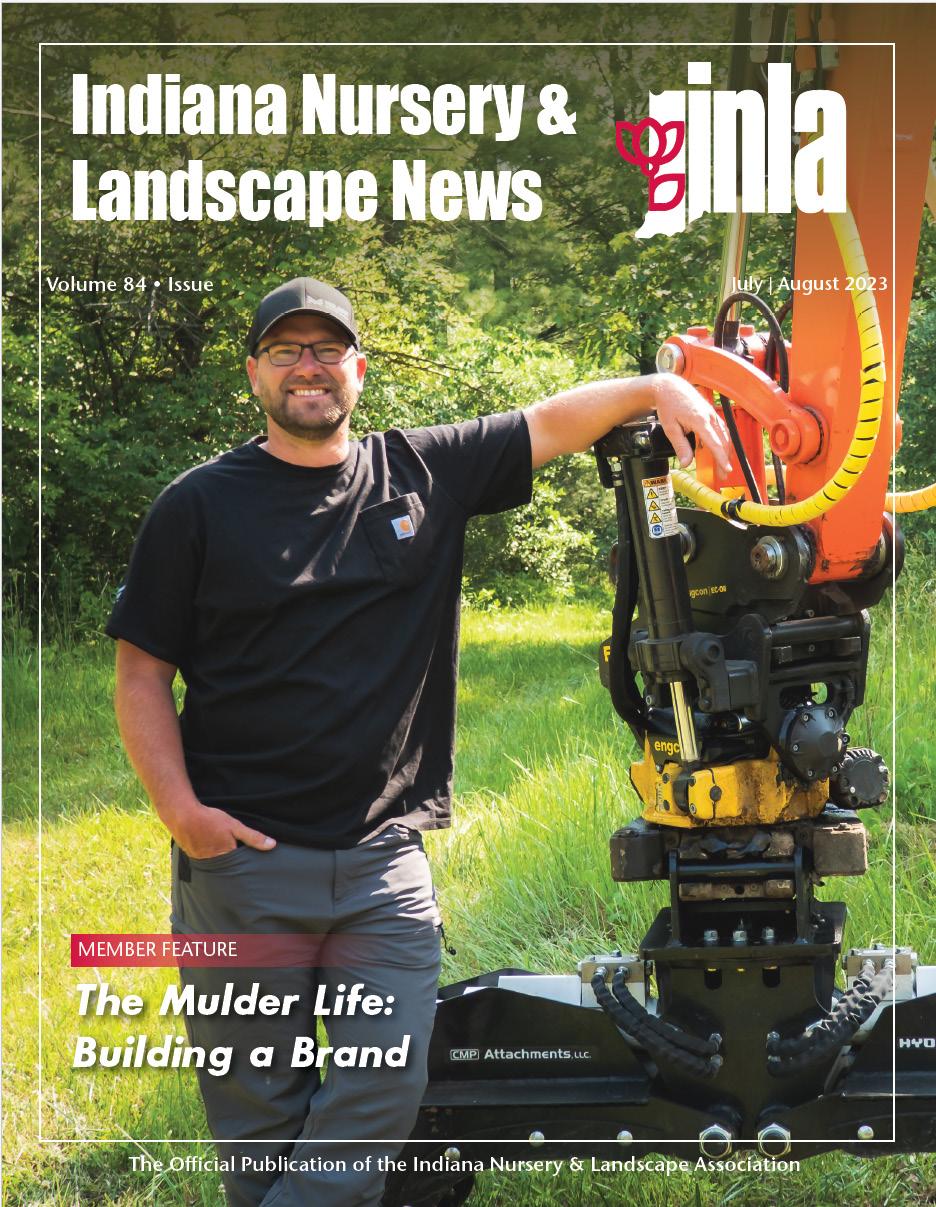
Indiana Nursery and Landscape Association 7915 S. Emerson Ave., Suite 247 Indianapolis, IN 46237
Phone: 317-889-2382
Toll Free: 800-443-7336 www.inla1.org

PUBLISHER
Rick Haggard, Executive Director, INLA 765-366-4994 • rhaggard@inla1.org
Advertising Rates: Media Kit available online at www.inla1.org
Copy Deadline: First of the month preceding the month of the issue. Reprint permission granted if source is indicated.
Views expressed in articles or editorials do not necessarily reflect the views and opinions of the association or its directors, but are those of the writer. Trade names used in articles are for identification only. No discrimination is intended toward similar products and the INLA does not endorse the use of the products mentioned.
Subscriptions: Included with membership to the INLA. Nonmembers: $36.00 per year (six issues per year).
For questions regarding subscriptions, please call INLA at 317-8892382.

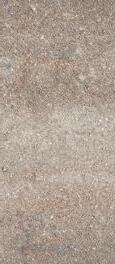









Given the high cost of labor these days, choosing products that are easy and efficient to install is crucial. This is where our 22 1⁄2” x 37 1⁄2” Beacon Hill Smooth Slab truly shines, boasting a sleek surface finish and a monochromatic color palette that includes two new hues, Opal and Champagne, both manufactured with EasyClean technology. This makes it the ideal choice for even the most discerning clients. Each unit covers a whopping 5.85 square feet and can be easily placed with a two-man lifter or UniLyft. Contact 1-800-UNILOCK or visit UNILOCK.COM to connect with your local Territory Manager.





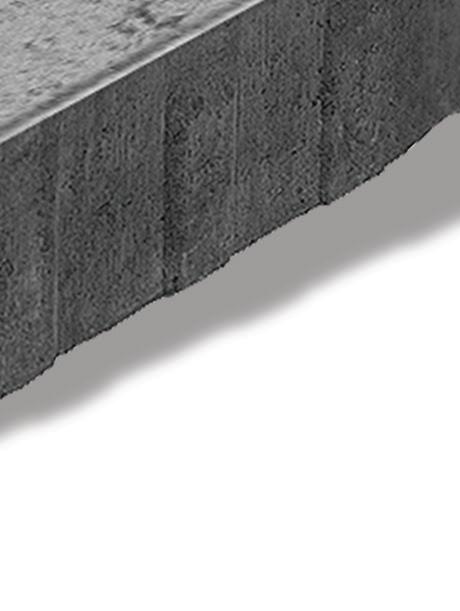


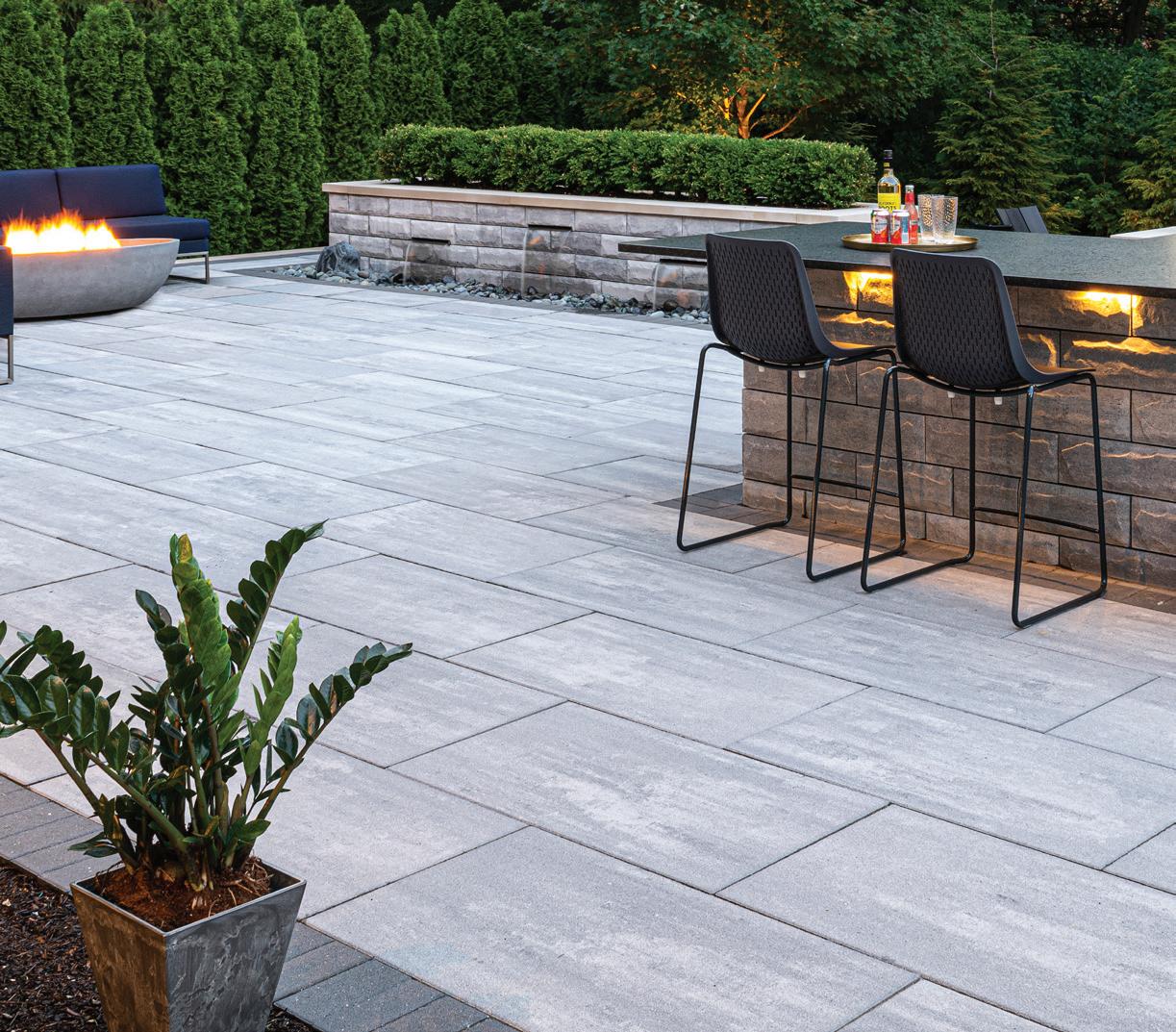



 Fossil
Granite Fusion
Opal Bavarian
Champagne
Fossil
Granite Fusion
Opal Bavarian
Champagne



Well the time has rolled around once again, for my bi-monthly Executive Director letter, I know some are probably saving these as fire starters for either their bonfires, charcoal grills, fire pits or ??????.
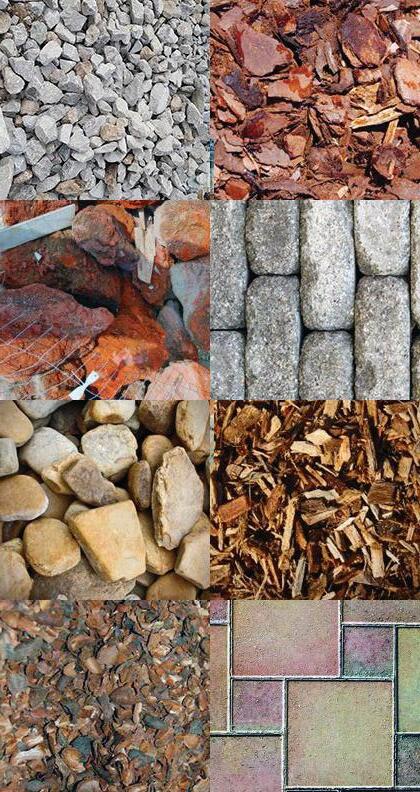
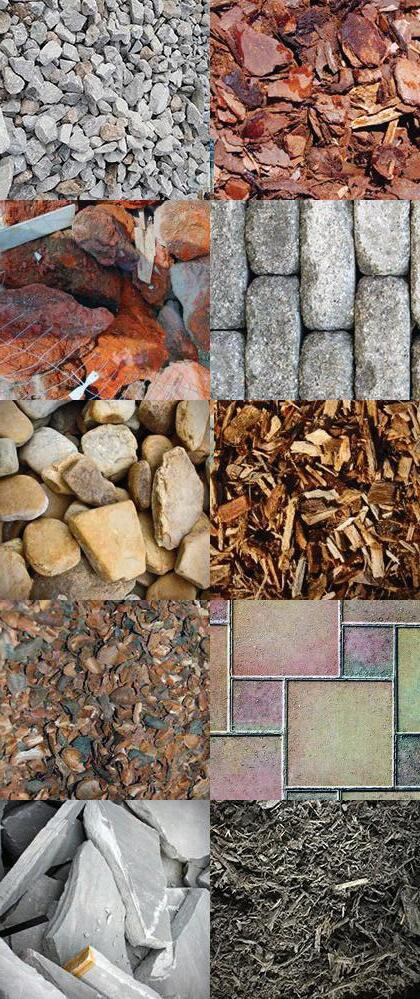
I trust and hope everyone survived another spring season and are ramping up to take a small break in South Central Indiana for our Summer Meeting August 2-4, 2023. Yep, you read the dates correctly, we have decided to make it a 3-day opportunity.

The August 2 date is reserved to visit the iconic Schneider Nursery in Seymour, Indiana. Registration for this day will be at Schneider Nursery starting at 9:30 am (Eastern Time). This will have a 2-part afternoon options with one option a tentatively planned educational with hopefully CCH’s in the afternoon as well as IAH CEU’s. The plans are to tour the picturesque nursery from 10:00 am to 12:00 pm(ish). Have lunch sponsored by John Holmlund Nursery (Oregon), then after lunch, attendees can have the option of and addition 2-3 hour educational track at Schneider Nursery, where you can see a tree be dug (sacrificed since it will be summer) in the fields as well as visit problematic (a rarity) areas of pests and disease, as well as diagnose the potential issue and a resolution. Heck, you might even get to see a weed on the premises, if Grant and the Schneider family and employees leave one around. The other afternoon option, providing there is enough interest is a boating excursion to Monroe Reservoir utilizing the Paynetown, SRA. From what I have been told the host hotel The Brown County Inn located in Nashville, has already booked all the rooms for Wednesday Night, so please check other opportunities, or call the hotel directly, from the inserted Flyer for verification.
The August 3 date, hosted by Designscape in Nashville (Belmont), Indiana. The Gluesenkamps have offered their business location to register (8:00 am – if not registered Wednesday) and assemble for departure (8:30 am-ish), as we will have passenger vans for (12-15 persons each) to take around the various tour sites. PLEASE utilize the vans as there will be limited vehicle access at some of the sites. The tour sites visited are landscapes in the Brown County area, which is mesmerizing itself and offer a wide array of various installations, utilizing the vast opportunities for landscape companies at their disposal of creating the vision set forth by the customer. Lunch will be at Hard Truth Distillery and is sponsored by West Side Tractor Sales. Dinner will be held at Designscape and sponsorship opportunities for dinner and beverages are available, for this and all other events during the summer meeting. Thank you to Jeremy Cooper and Red Hen Turf Farm for the recent dinner beverage sponsorship. Registrations are coming in fast and furious, so be sure to reserve your spot for this gala offering many networking opportunities, as well as the camaraderie of other INLA members and non-members.
The closing Act of this 3-day extravaganza is the Shooting for Scholarships at Sugar Creek Sporting Clays and Hunting Preserve in Mitchell, Indiana on August 4th. Bian and Andrea Waldbieser own and operate the sporting clay and hunting preserve. If you were in attendance the last time we were at this location, you are well aware of the scenic backdrops and wildlife that abounds the 700-acre property. Even though there were still teams on the premises and gunfire all around, several deer just meandered across the open area, not a care in the world. Teams of 5 can sign u, however if needing to register individually, please do so by downloading the PDF form visiting the INLA, or send me an email at rhaggard@inla1.org and I will send the full registration to you.
* PLEASE turn in a list of names if registering online and do not forget the sponsorship opportunities for our Summer Event.
Another reminder for those that partake in golf, the IOMA Golf Outing Fundraiser will be held August 10, 2023 at Twin Lakes Golf Club in Carmel, Indiana. Please see the inserted 1-page flyer as this years event already has surpassed the number of teams
SOUTH
in previous years. Feel free to contact me directly if you need any information on the INLA Summer Event or the IOMA Golf Outing at (317) 889-2382 or (765) 366-4994.
I am very honored to be associated with an energetic and accountable board and officers, as well as a membership this is engaging and striving to look to the future of our existence. The INLA, formerly IAN, is 90 years strong in 2023 and getting stronger each day and year. Many thanks to those that have been a member or supporter of our Association, which if the records are correct boasts more than 6500 plus firms and individuals in our database over these past 90 years. All involved have laid the groundwork for us to be “little” giant in the green industry.
Keep(in) it green, Rick Haggard
Congratulations! New Indiana Accredited Horticulturists
Master IAH - Nick Ricci, RLM, Inc., Hebron, IN
Master IAH - Kyle Robinson, RLM, Inc., Hebron, IN
Elijah Andrews, Excel Center West, Indianapolis, IN
Shanieta Bouyer, Excel Center West, Indianapolis, IN
Mykenzie Brand, Excel Center West, Clayton, IN
Levi Brocksmith, Vincennes University, Bicknell, IN
Sydnie Cornett, Four Seasons Landscaping Nursery, Valparaiso, IN
Sam Crull, Excel Center Richmond, Richmond, IN
Rita Davia, Chesterton Feed & Garden Center, Chesterton, IN
Lucas Day, Excel Center West, Richmond, IN
Savannah Fitts, Vincennes University, Palestine, IL
Veronica Fojtasek, Four Seasons Landscaping Nursery, Valparaiso, IN.
Aching Acres Wholesale Nursery
Ph: (812) 471-5800
Dan & Monica Fuquay 10944 Telephone Rd
Chandler IN 47610
Pool Builders by Aching Acres
Ph: (812) 305-2800

Dan Fuquay, Brian Williams 8028 Azalea Dr
Evansville IN 47712
Ag Nutrition, LLC


Ph: (317) 507-0238
Mike Vargo 13670 Brooks School Road
Noblesville IN 46060
Aaron Gaston, Indianapolis Metropolitan HS, Indianapolis, IN
Darlene Gipson, Excel Center West, Richmond, IN
Edward Hall, Indianapolis Metropolitan HS, Indianapolis, IN
Brianna Hammerly, Four Seasons Landscaping Nursery, Valparaiso, IN.
Gary Henderson, Excel Center West, Indianapolis, IN
Joseph Hipp, Vincennes University, Haubstadt, IN
Ronijah Jackson, Indianapolis Metropolitan HS, Greenwood, IN
Dejanay Johnson, Indianapolis Metropolitan HS, Indianapolis, IN
Jordan Jones, Excel Center West, Indianapolis, IN
Shawntia Luckett, Indianapolis Metropolitan HS, Indianapolis, IN
Lucas Martin, Indianapolis Metropolitan HS, Indianapolis, IN
Jayson Navarrete, Indianapolis Metropolitan HS, Indianapolis, IN
Vanessa Odom, Indianapolis Metropolitan HS, Indianapolis, IN
Joshua Oxley, Excel Center West, Indianapolis, IN
Jeanelia Perez, Indianapolis Metropolitan HS, Greenwood, IN
@inla_indiana
Abigail Perkins, Excel Center West, Richmond, IN
Use
Emmalee Rau, Excel Center Richmond, Richmond, IN
T'Lieya Thacker, Excel Center West, Indianapolis, IN
Qu'shawn Ware, Indianapolis Metropolitan HS, Indianapolis, IN
Lebronze Wood, Indianapolis Metropolitan HS, Indianapolis, IN
I feel like a broken record asking again…How’s your season going?
“Season” continues to be a loose term in that over the last month I’m thinking Pharaoh’s plague is in full swing… bugs, hail, tornados, wildfires, even the frogs are out like crazy. Now I am continuing this next edition of “never have I ever” where 3 hailstorms and multiple power outages have swept across our 3 closest counties in the last 7 days tearing up homes and landscapes alike. For you northerners, driving back from Colfax last week with the INEF summer auction beef felt like a scene from twister. This is shaping up to be a summer where it’s hard to keep up with the mowing while trying not to sink any in the pond … what a “lovely” 4th holiday weekend… END RANT
Now on to the more practical advice as you are planning out your summer from some of my own previous pain points or as I like to call it “continued education” ... Rick/ Joe can we get CCH’s/CEU’s for this?
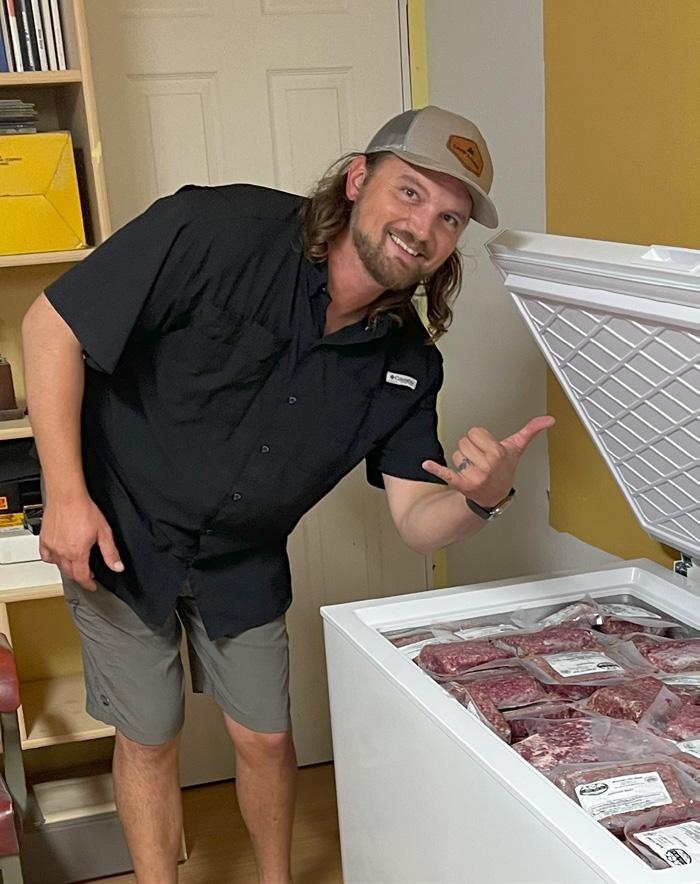
As you are reading this by now you should have shed your winter fat and be making real gains! This is the time where you want to be trending momentum toward your break-even point for the year. Designscape uses several KPI’s over a 10-year lookback in addition to month/month comparisons and that data helps guide us as we progress through the season. All companies are different but one of the greatest trends we recognized in these KPI’s was our shift in winter hours/ profitability and the need to stay laser focus when the weather allows like RIGHT NOW! Designscape in general does not lay people off and have utilized snow removal, winter pruning, building maintenance and hardscaping projects to supplement our production teams’ hours along with education (like the IGE) to keep everyone engaged. Atleast in our neck of the woods the last 3 years have been difficult for working outside through much of the winter. Traditionally Midwest
Indiana has the most freeze and thaw dates inside the U.S., but it continues to become more extreme, and we are seeing those results in our numbers... Freezing cold to super muddy is less than ideal for landscaping.
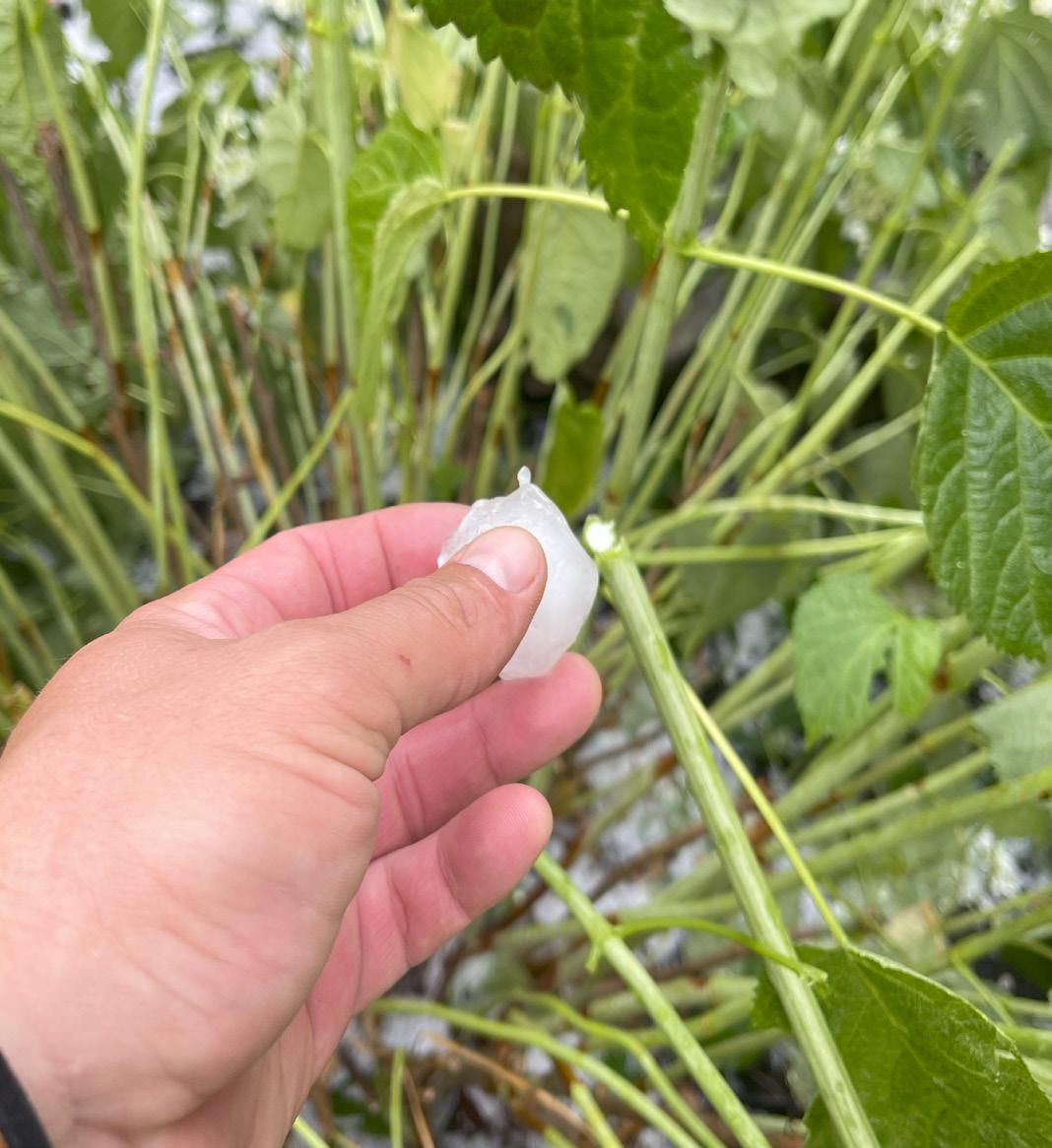
A little over 3 years ago, we identified on avg. 80-90% of the company’s profit comes between March 1st- the first week of December… sometimes the second… but almost never the 3rd week. That leaves us with roughly ONLY 38 weeks to make our season pendulum from good to great. Without going too far into the weeds on this data and hopefully to keep your eyes from glazing over here is the takeaway… find out where you make your money and incentivize your team to help you meet those goals. For us the formula looks like this…
Full Benefits Team = (min. 40hr/week)/38weeks
The explanation to what “Full Benefits” means can be different for each company but for us it’s highlights are a combination of 4 weeks PTO, subsidized insurance, a winter savings matching fund, a 401k money matching program, a significant Production Bonus and contribution to our Education Bonus Program. We set it up this way because even with the extreme weather we find about 7 weeks of production inside our 14 week “off season”. These 7 weeks are never a linear start/stop date or a rarely even a traditional 8-hour workday but the incentives give our team the income opportunity to save for the future and supplement their 7 non-working weeks.
As we have matured over the years the way we analyze the data continues to get more reliable and outliers get easier to identify so wherever you are, remind yourself this process takes time but PROGRESS is the measuring stick in any stage for you and your team. Regardless of data the most important thing as an owner, admin, or team lead is to have your pulse on your key people. That means customers, team members, vendors, EVERYONE. If you don’t know what’s going on your people will notice and a great environment can go anerobic quickly.
I will end this letter the same invitation that if you need some help working through these things in your own company please just reach out and ask myself or Rick. The INLA resources are DEEP, someone has gone through your same situation and definitely could give you some great foresight to a process you are pondering. Hope to see you all at the INLA Summer Tour August 2nd-4th in beautiful Brown County.
Cheers,
Gabriel Gluesenkamp2023 EXECUTIVE TEAM
Gabriel Gluesenkamp, President Designscape Horticultural Services 2877 S. TC Steele Road Nashville, IN 47448-9584 812-988-8900; Fax 812-988-2639 gabrielg@designhort.com
Shaun Yeary, President-Elect
Greendell Landscape Solutions 749 West State Road 42 Mooresville, IN 46158 317-996-2826; Fax 317-996-2032 syeary@greendelllandscape.com
Purdue Diagnostic Tours! Join the Purdue Green Industry Specialists for a walking tour highlighting plant problems and treatments. CCH credits from the OISC and CEU credits from ISA will be requested. August
Bob Wasson, Vice President Wasson Nursery 13279 E. 126th St. Fishers, IN 46037 317-770-1123 bob@wassonnursery.com
Dean Ricci, Past President Ricci’s Landscape Management, Inc. 502 Norbeh Drive, Hebron, IN 46341 219-996-2682; Fax 219-996-2680 dean@rlminc.com
Rick Haggard, Executive Director & Publisher 7915 S. Emerson Ave., #247 Indianapolis, IN 46032 Office: 800-443-7336 or 317-889-2382 Cell: 765-366-4994 S rhaggard@inla1.org • haggard.rick@att.net
BOARD OF DIRECTORS
Erick Brehob (2023) Brehob Nursery • 317-783-3233 erick@brehobnursery.com
Kyle Daniel — Purdue University 765-494-7621 • daniel38@purdue.edu
Jill Glover (2023) Schneider Nursery • 812-522-4068 jill@schneidernursery.com
Jason Fritz (2025) Stantec Native Plant Nursery (574) 5862412 Jason.fritz@cardno.com
Carlos Reichman (2025) Schuetz Insurance Services (317) 639-5679 carlos@schuetzins.com
Kevin Van Sessen (2024) Blade Cutters, LLC. • 219-661-8206 kevinvs@bladecutters.net
Kent Wilhelmus (2024) Second Nature Landscape Management 812-483-7817 • kent@secondnaturelm.com



Choose the proven path forward with G-Tier Compact Wheel Loaders, a group of machines that can take on any challenge that comes your way. Rugged and reliable, G-Tier Compact Wheel Loaders are an economical option that doesn’t sacrifice the quality and dealer support you’ve come to expect from John Deere.
These machines thrive on simplicity, with easy-to-use functionality that benefits everyone from novice operators to experienced pros. Designed to utilize a wide array of attachments, these do-it-all loaders redefine flexibility. And with plenty of power, they can tackle everything from landscaping and nursery jobs to agriculture and general construction work.
Dominate your jobsite with G-Tier Compact Wheel Loaders.



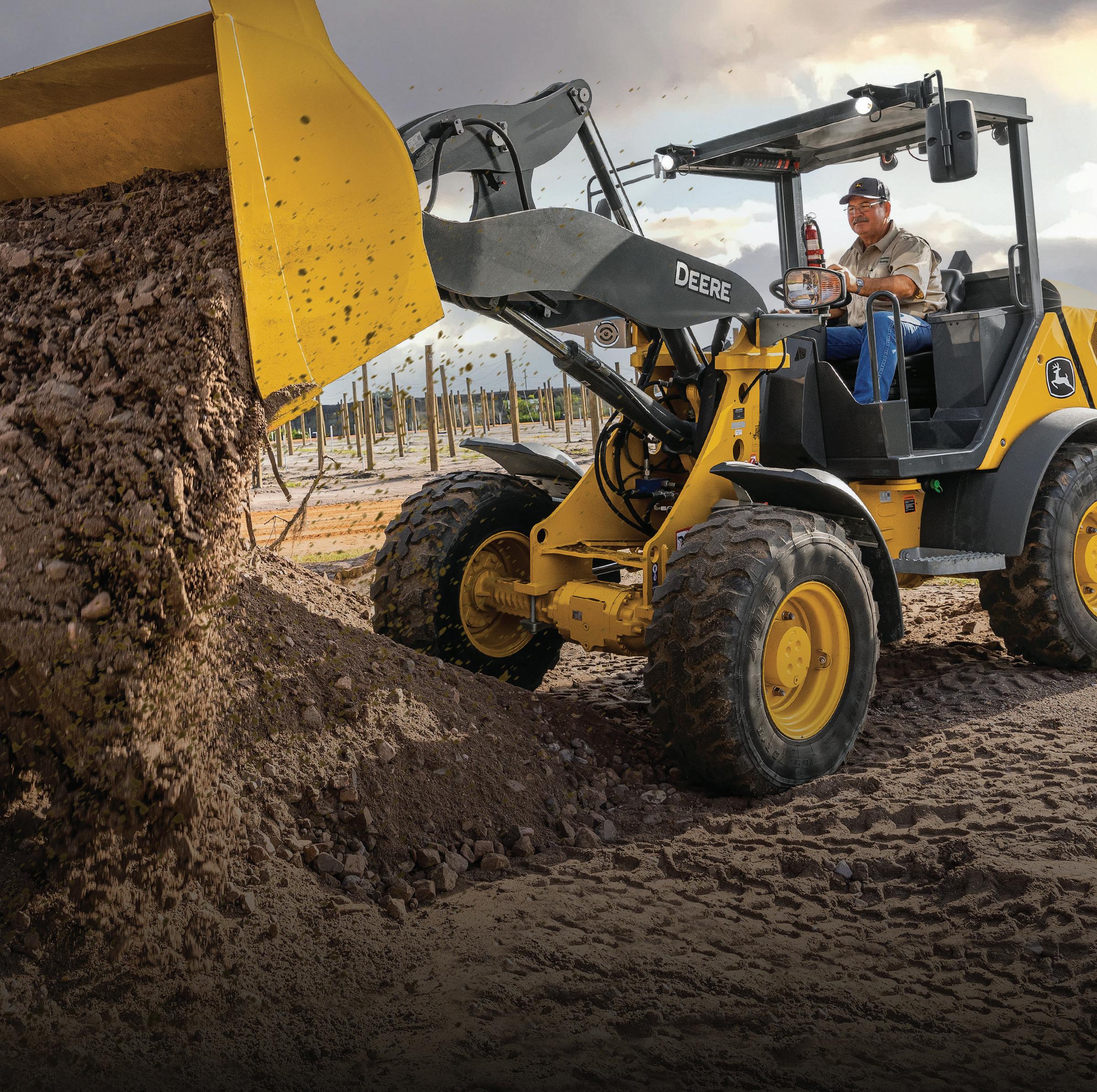
We are a recruiting agency specializing in seasonal to permanent staffing services for U.S. companies.

Several factors have left Puerto Rico with unemployment rates well above national average. Since Puerto Ricans have been U.S. citizens since 1917, they are not subject to the many visa labor restrictions. While there are regulations with the Puerto Rican Department of Labor, we have developed a program to obtain the necessary approvals to recruit in Puerto Rico and provide Puerto Rican laborers. We have also established recruiting networks in other areas of the United States that persistently sees high unemployment and an excess of laborers.
To find out more, email Jim Calvin at jim@calvinlandscape.com

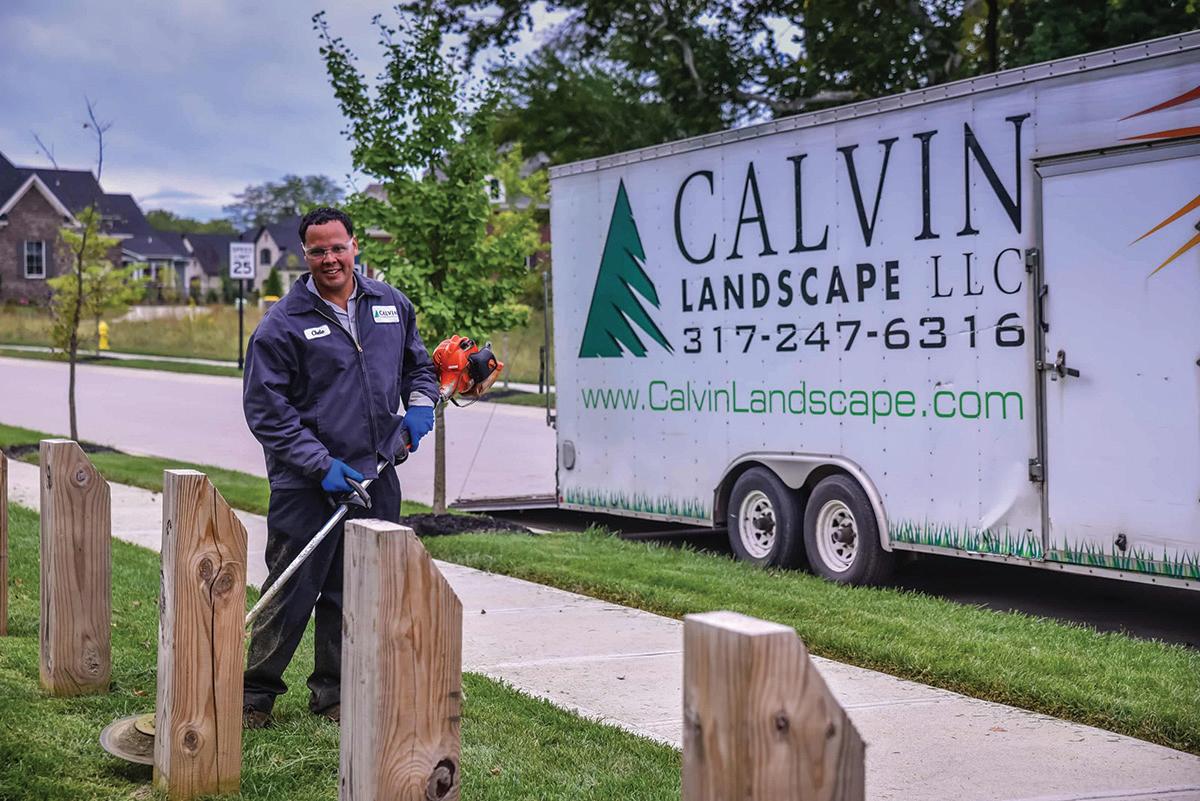
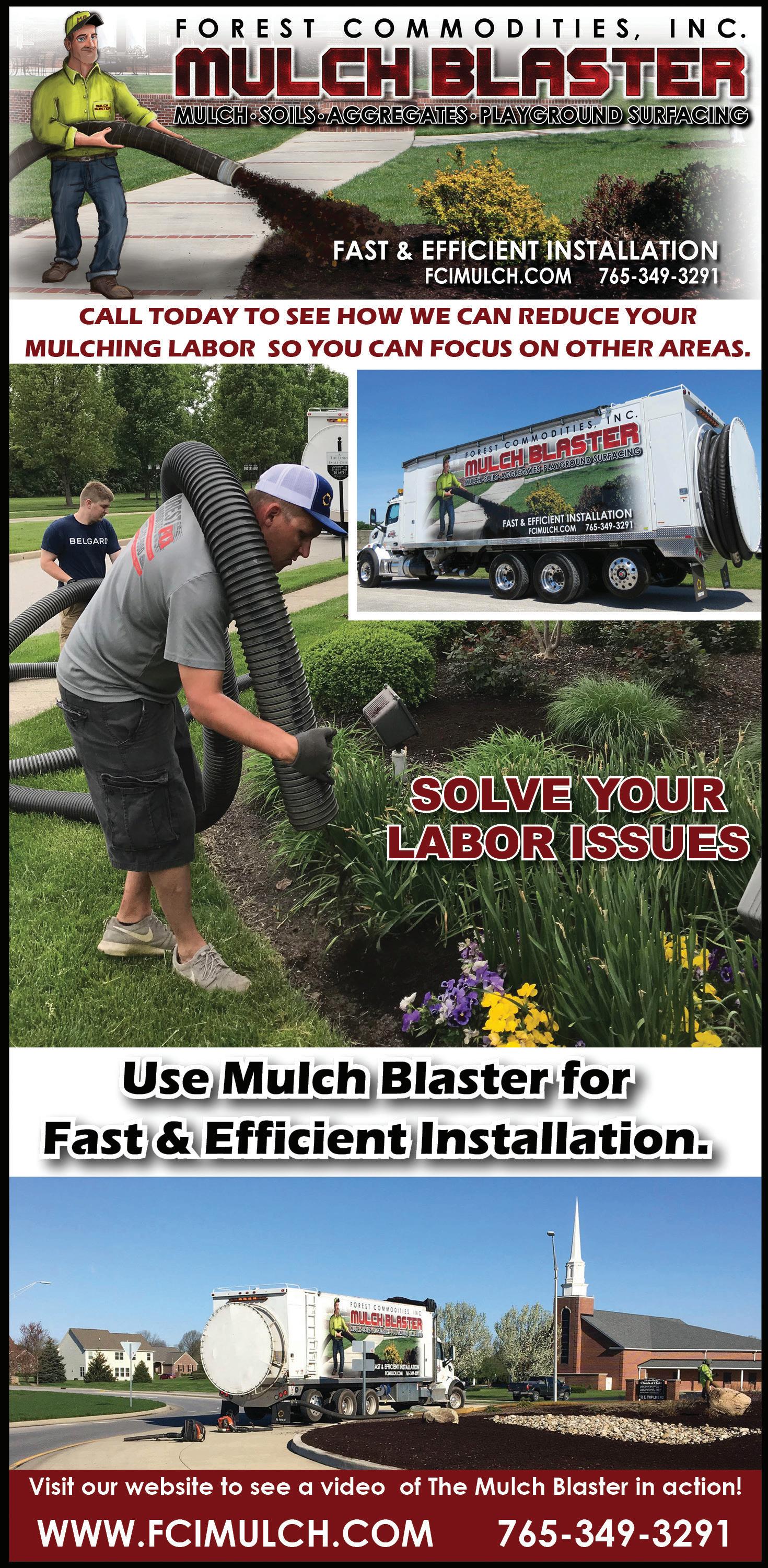
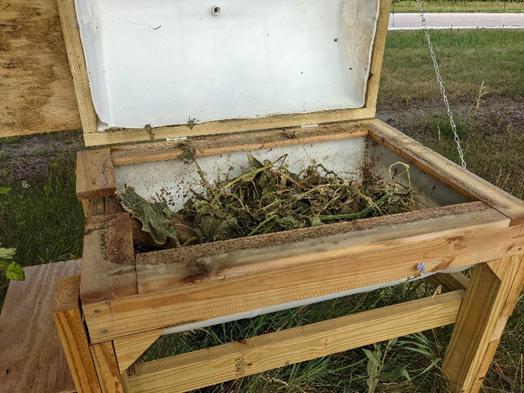 By Caydee Terrell, IDNR Nursery Inspector and Compliance Officer
By Caydee Terrell, IDNR Nursery Inspector and Compliance Officer
What is compost?
Compost is decayed organic material that can be used as a soil amendment or conditioner to improve plant growth and soil health. It is made by mixing organic material that is composed of mainly carbon and nitrogen, commonly referred to as browns and greens, respectively. There are a few methods that can be implemented if you are interested in producing your own compost at home.
Composts start out immature and takes time to mature. Each type of composting has its own timeline to produce a mature compost, meaning it is safe to apply to plants and will not have a toxic effect on them. This is how an immature compost can start out looking (picture 1).
What are the benefits?
Each form of compost has its own unique pros and cons but each of them provide a nutrient dense material that can be applied to plants to provide more favorable conditions. Each method of composting has their own set of benefits and drawbacks, however. Here is a short list to name a few.


Any drawbacks?
The main drawbacks of any compost system include the set-up cost, pests, and the smell. Depending on the system of composting and the quantity you want to produce, the cost of set-up ranges from around $20 to $1,250 depending on the container and container quality you decide to use.
Typically, containers go up in price based with how many features are present; for example, a stationary bucket will be cheaper than an insulated barrel with a crank for turning.
Pests are the next big drawback of any composting system. They are attracted to the smell of rotting food because it is typically an easy food source from trash cans. For this reason, it is best to not add meats and fats to the compost. Additionally, earthworms and BSF larvae make for protein-packed treats for these pests, encouraging them to come back for an easy protein source. The size of pest can vary depending how much compost you are producing, the size of container you are using, or where you are located. For example, common pests in urban areas are rats and raccoons but as you get closer to forests, bears can become an issue. These potential pests make it necessary to secure your compost by using a lid or providing barriers to prevent them from getting in, such as fencing.
Lastly, the smell is the worst drawback of any composting method. Decaying material will always have a particular smell to it; however, certain materials generate more stink. Meats, fats, and the like are the main reason composts have an awful stench. Additionally, there is a health hazard to adding meats to your compost. Bacteria can colonize in your compost such as E. coli, listeria, or salmonella, and subsequently infect nearby plants where applied.
Maintaining a compost pile is relatively easy. It’s best to have two or three piles: a fresh material pile, a maturing pile, and a matured pile (optional). These can all be within one container and sectioned into different areas or in different containers. If you are wanting a small compost bin, finding material to fill it is not hard, however, if you want to have a larger compost operation, material sourcing can be tricky. Spent brewer’s grain, also known as spent worts, is a waste product produced from brewing beer that can be used in all the previously mentioned composts as a carbon heavy addition. Grass clippings are an easy material to get in bulk as well that make for a good nitrogen heavy addition. Straw, hay, newspaper, and manures are other materials that are easy to acquire that are great additions to compost.
How you use your compost is dependent on what you want it to do. If you want to condition the soil to be healthier, it’s best to add a completely mature compost to the top ¼ inch each year. Immature and mature composts can also be used a “top-dressing,” similar to how mulch is applied. Mature composts can be blended into garden beds or potting soil to provide nutrients to plants.






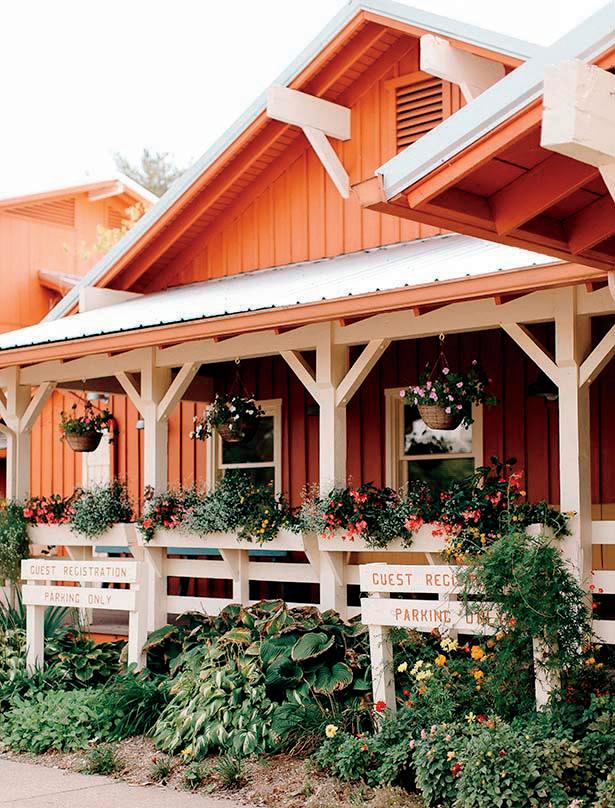



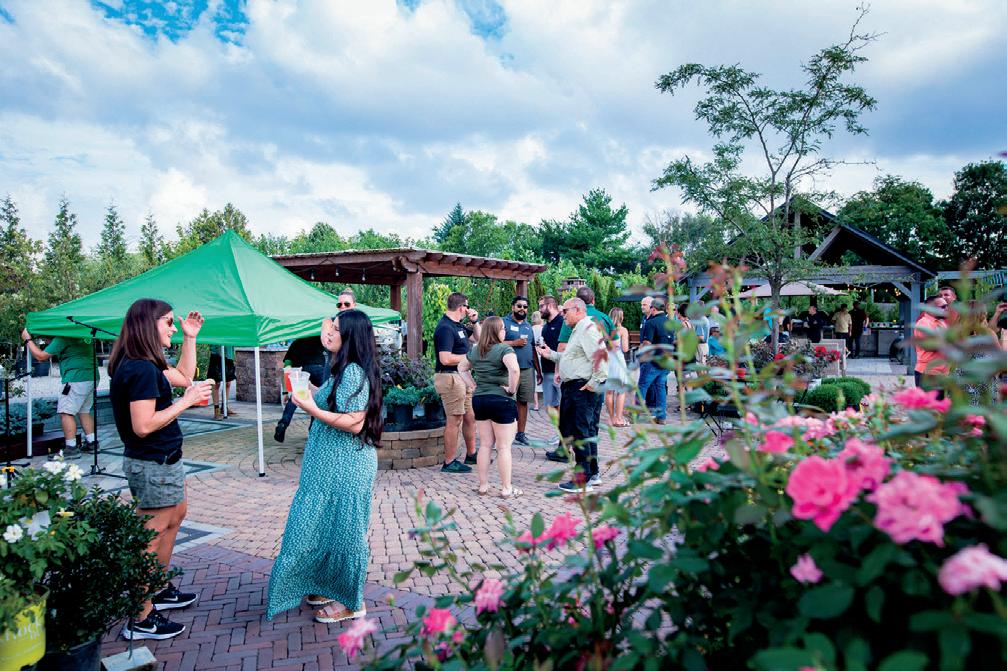





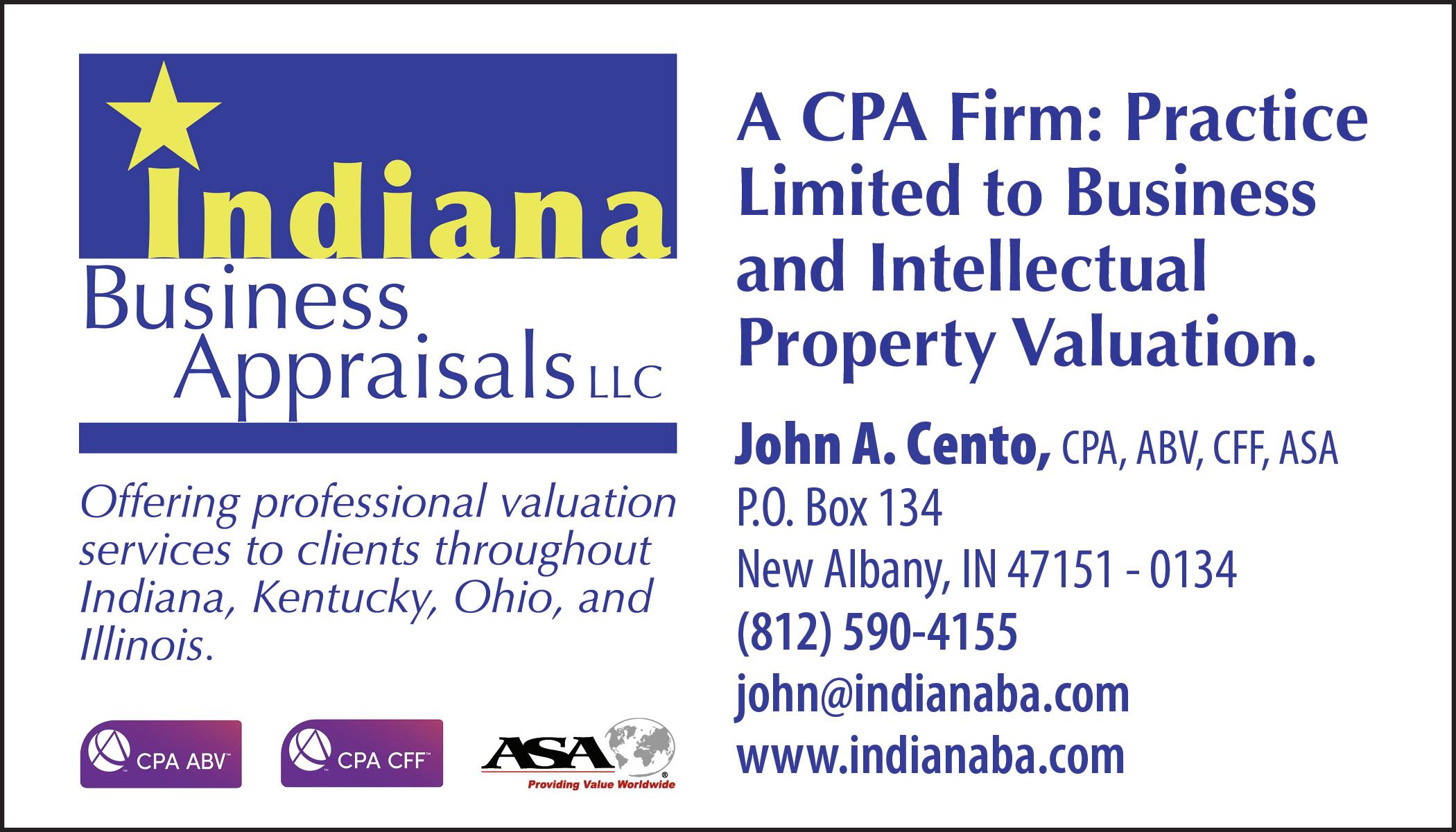
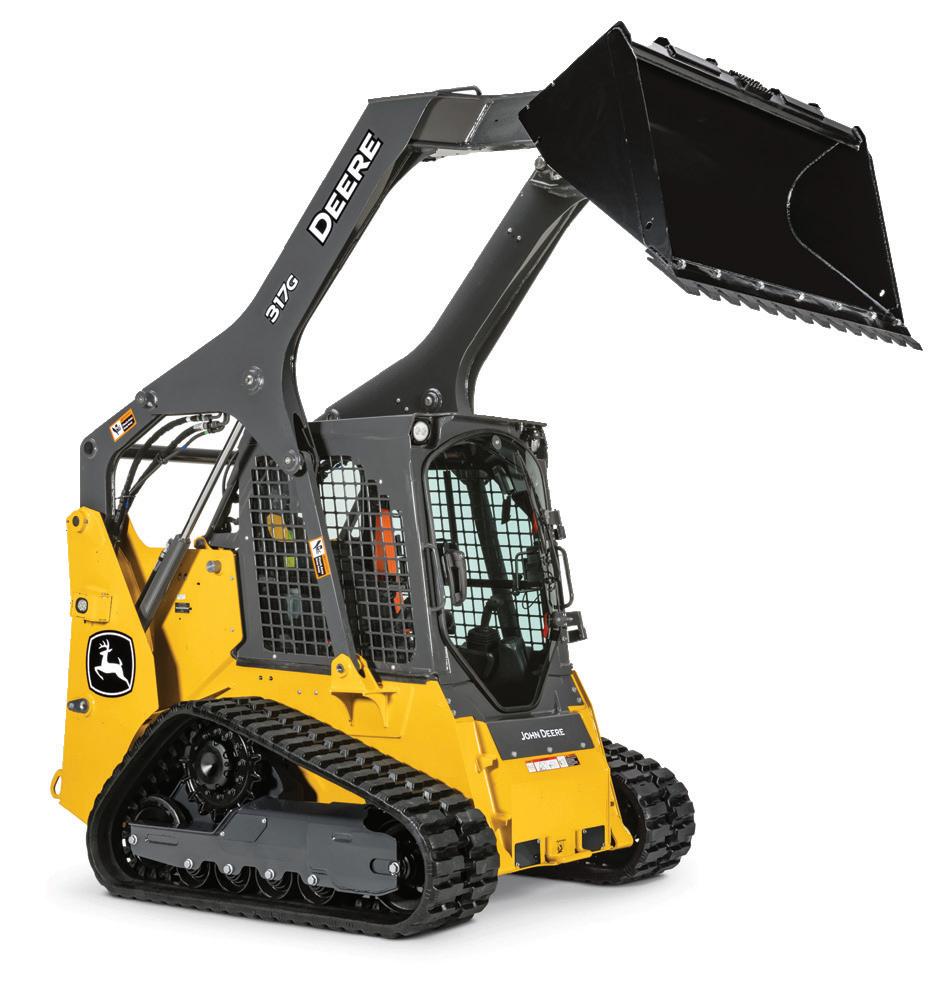
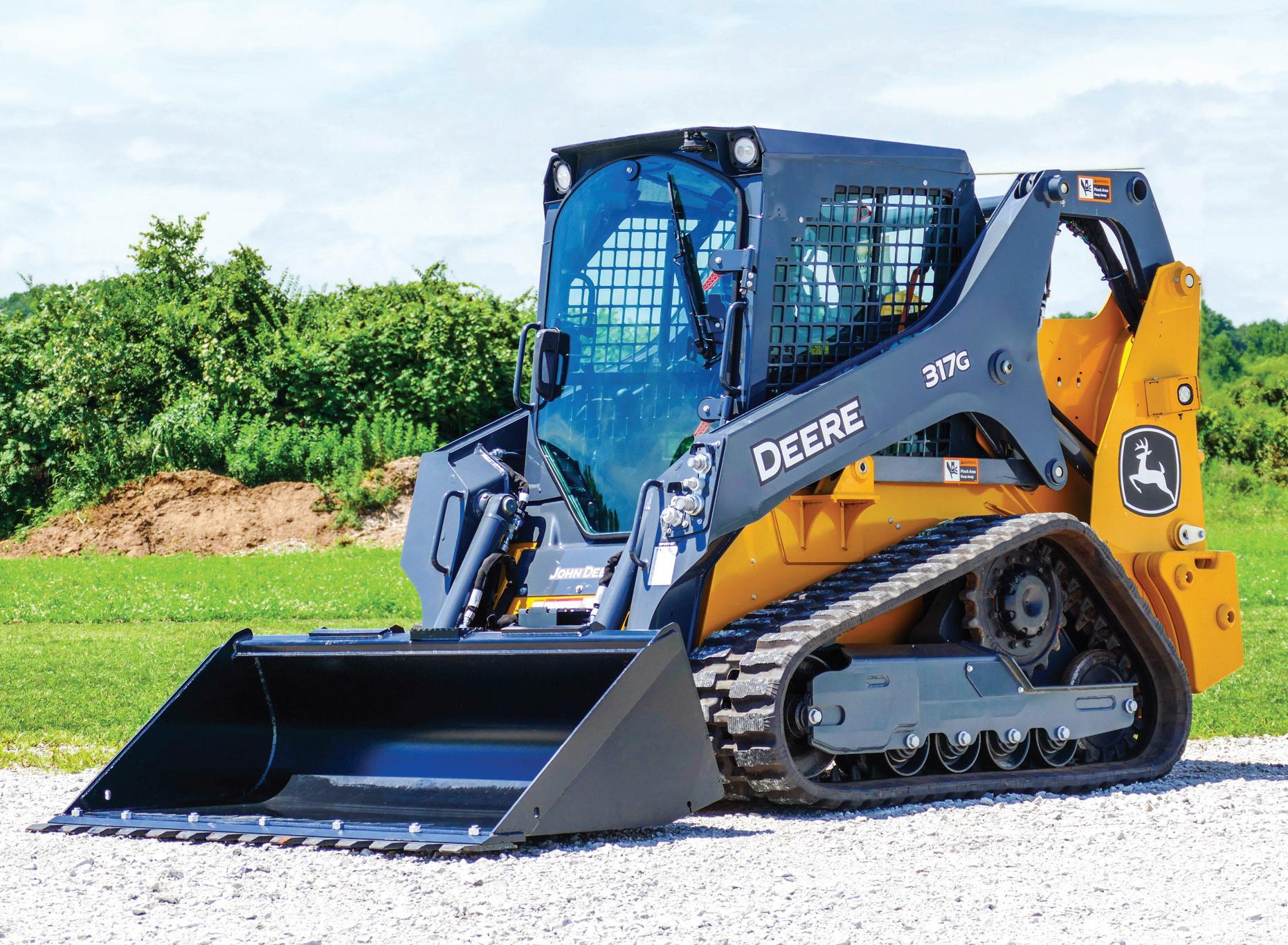
• Rated Operating Capacity: 965 kg (2,125 lb.)
• Gross Horsepower: 48.5 kW (65 hp)
• Net Horsepower: 45.6 kW (61 hp)
• Operating Weight: 3824 kg (8,423 lb.)
Written by Scott Johnsen - We recently had the opportunity so sit down with INLA member Andy Mulder, owner of Mulder Outdoors based in Hebron Indiana. Andy is a very well-known landscape contractor with a social media following of over 70,000. Over the last ten years, Mulder Outdoors has carved a niche in the hardscape industry building a reputation for stellar craftsmanship, authentic operations storytelling and brand creativity, as well as making use of technological equipment advances in our industry and using them to tackle larger construction projects with a team of three to four employees. We appreciate Andy taking time out of his schedule to talk with us and hope our members enjoy this interview.

What inspired you to start Mulder Outdoors and pursue a career in the landscape industry?
I decided to start my own company because I wanted to provide more for my family, I wanted to be in business for myself and gain the “freedom” that comes with owning your own business, and I use that term loosely. I just love what I do. Originally, I started landscaping when I was fifteen. Honestly, I needed a summer job. Shortly after that, I grew to love working outdoors and the rewarding benefits. One of the most rewarding factors of landscaping as a whole is, (usually) at the end of the day you can look back and see what you've accomplished. It’s instant gratification.
How do you stay motivated when having to overcome challenges whether is weather, terrain, or conditions on a project?
Honestly, the longer I’ve been in business the more I realize that I’m not in control. I definitely have more of a level head when it comes to those kinds of things because I've learned that you're really never in control. Literally you can't control the weather, and there's a lot of other things in this industry and in this field that you just can't control. At the end of the day a lot of what we do is just people's “wants” and sometimes you're doing things that are a “need” but there's always the next day and things will dry out, weather will get better and I've just tried to not take things so seriously. Having that mentality has definitely helped with my stress level and keep perspective. At the end of the day most, if not all, of what we do is not life or death and it will get done. Just remain calm.
www.inla1.org
What is your favorite piece of landscape equipment and how has that changed the way you do business or run your company?
I have two things. The first was when we got an excavator and added an Engcon tiltrotator. That has completely changed how we do everything in our business. We've been able to grow the business year over year without having to add more people because we can do so much more in a shorter amount of time with that machine. Another piece of equipment for me would be my phone. I have been able to do a lot of things with social media, videos, photos etc. and that has changed a lot of aspects for our business.
It has opened up a massive amount of opportunities both for me personally and for our company. We get a lot of work from what I'm able to do on my phone and so I absolutely consider that a a big part of of the success in our businesses.
When did you know it was time to grow the business (or start investing in it) from the point of where you were when you first started to where you're at now?
I started the company with one employee because I knew that I didn't want to do things by myself. I had landscaped for 13 years before starting Mulder Outdoors and knew that it's very hard to do landscaping- specifically hardscaping projects with just one person. As we grew and started to get more work I just slowly started add-
ing more people. I actually have not had to add any employees for the last three years. We currently have 3 team members who do landscape and hardscape, and 3 doing maintenance. We also have 2 part time office staff. Once I got my first excavator and put a tilt rotator on I quickly saw that we were able to accomplish a lot more with fewer people so I've just continued to invest in equipment and see where that takes me. I've continued to add equipment and have always found ways to do larger jobs or take on more work with the same amount of people.


I have a joke with my wife that every time I’ve had an employee that either didn't show up or quit or didn't show up to an interview I'd go out and buy another piece of equipment. That seems to hold true. I have three excavators now and every time I’ve purchased one it was literally after I had an issue with an employee. I don’t mean that as a knock on our current team, the people that work here are incredibly important. Without them we couldn't do anything that we do and I'm very thankful for everybody that works for me. As far as future growth, I'm at a place right now where I don't know if I want to grow anymore and, honestly, that’s a struggle for me. If I was to grow I would personally have to sell more, or add a salesperson, more employees, another crew, etc. I just don’t know if I’m ready to make that commitment right now.
You obviously have tremendous value for your current employees. Considering these larger projects you’ve been able to complete with just a small crew, is that also part of the attraction of adding more equipment versus adding more employees?
The people that work here love working here because we have a good company culture and a good company and employee morale. I believe alot of that stems from the fact if they were to go work for someone else they would have to work twice as hard, because of the things that we've invested in it makes their job easier. I like the size that we are at the moment, I like the stress level that I'm at, and I don't know if I have capacity to have a bigger company or do more work. I don't feel like I need to, I don't need the company to be bigger, I don't need the stress, I don't need to puff my chest up. We don't work six days a week, we work five days a week. We quit working Saturdays almost three years ago now and we just have
more of a normal schedule. It's almost seven to five or six every day and my guys are happy. Nobody's overworked and we all have our weekends with our families. I just don't want to get to the end of my life and say that I should have spent more time with my family. You know, I'm never gonna say “I wish I would have worked more.”
You seem to have a very good work-life balance. As entrepreneurs and businesspeople, we all know that’s incredibly hard to achieve. Can we talk about that, specifically, “Dadurdays?”
First of all I would say that everything that I'm going to say now it did not happen overnight. It's been 10 years of grinding to get to where I am today so I don't want anyone to think that it just happens. It takes years of hard work to start a company and get a company going, but if you do things correctly, you're smart and you manage your finances and manage your personal life well you can get to a point to where I feel like where we are today. I have more margin in my life than I ever thought I would.
“Dadurday” started during COVID. We had decided to homeschool our boys that year and so we had decided to stop working Saturday so I could be home and help my wife out more on the weekends. My wife was with the kids all day and so we both talked and thought it would be good that I spent a little more time at home on Saturdays instead of working all the time and so we just stopped working Saturdays. It was really hard initially for me, mentally, not working on a Saturday. As a landscaper you see other landscapers working or it's a nice day and it was a rainy day on Friday or whatever, so it was a real mental game for me to figure out how to get past feeling like I needed to be working. It wasn't a need financially, it was more like a weird obsession.
I have two boys, who would have been nine and three at that time, and I started taking them with me and we would go and do, literally, whatever. Whatever I was doing they would be with me. If I was working on our building we’d be hanging out- riding Four Wheelers, playing in machines, etc. Whatever I was doing there they were with me. One Friday night my son said we should start calling Saturdays, “Dadurdays.” So that's how it started. Since then almost every Saturday my boys and I will go and do something, anything, it doesn’t have to be a grand adventure- hang out at the shop, go
to Home Depot, whatever, we're always trying to do something together. It’s ended up becoming a really cool thing that I've promoted a little bit on social media and I've seen other people doing it and I think it's great to be promoting a good relationship with your children.
I think there's a huge need for strong men, strong fathers, and involved fathers in their children's lives. I think we could solve a lot of issues in this country by promoting those kinds of ideologies. I’d love to see that be a bigger part of our industry. Again, it’s easy to feel like you always have to work 6-7 days a week. I just think there's more to life than working all the time. I think that some of the things that I've been able to do (creating more margin in my life) comes with creating a better you- a more responsible father, more responsible with your money, and responsible with your time. I think it starts with getting your personal life in order. If you always feel like you have to work to support your lifestyle, you're never going to get that freedom or that margin in your life. You're always going to want more stuff and that’s going to cost more money and so you're going to have to work more. You’ll never get to the point of having what everyone says is the freedom from owning your own business.
How did your landscape company transition into becoming an Instagram influencer and what inspired you to combine these two aspects of your business?

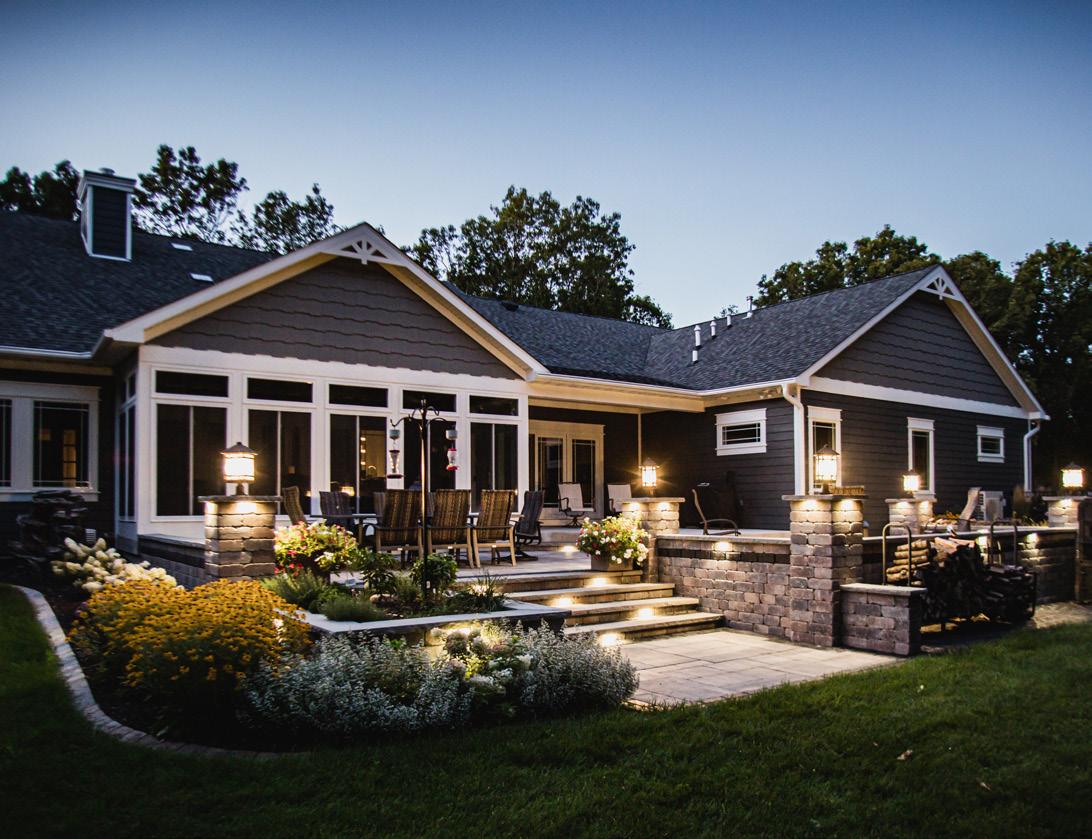
Instagram and social media started with me just sharing things, what we did every day- it was like a highlight reel of what we were doing in the day to day and then when Instagram created stories it was almost like a live feed into what we were doing every day and it has slowly grown from there. Again, I've been doing it for ten years now and everybody thinks that it just happens overnight, but literally TEN YEARS! Now there's been tons of opportunities I've been able to go on, and do, and see and things that have benefited my company- now we get a lot of work from social media but I never set out to be a “social media influencer.” It just sort of happened. I'm just showing what I do every day it's just nothing is made-up, it's just this is what we do.
Do you feel any pressure to maintain this social media role you’ve now found yourself in?
No, I don't feel any pressure. It’s definitely part of my business but I don't feel like I have to do something. I still enjoy showing what we do every day. I spend a lot of time filming and doing things on social media and, yes, it’s very beneficial for my company, but overall I enjoy doing it I don't feel as if I need to do it.
Would you recommend pushing your work on social media to a company just starting out?
I think it's very important to post what you're doing on social media. I think it’s a great way to be a part of your landscape community and is a very easy way to establish yourself in that community. I think it's very important to have a social media presence but be authentic, be consistent about posting and show you don't have to make it up. It doesn't have to be super well done or scripted. I think just showing what you do I think is huge. Everybody is yearning for realism in the world and maybe that's why people enjoy following us because I'm just showing what we do. It’s not a production. If you can do that and show different aspects, show the build process of a project, do something educational, people are always wanting to learn things. I think it can be a huge benefit for everybody's company but it takes time to grow.
It's harder to grow your social media now than ever before. If you’re lucky, all it takes is one or two jobs. You never know who's watching.
I got a job last week from somebody that has been watching me for five years. They finally had the time, they knew what they wanted, and they knew they wanted me to do it. He knew everything about me and he trusted me because he's been watching everything we've done for five years. The job was a done deal before I even before I even got there. There was no breaking the ice. He knew everything about me and so it is 100% worth the time and you don't need it to be fake, you need to just show what you do.
From the contractor side, I've literally gained lifelong friendships
from people I've met on social media. My equipment lineup and a lot of tools in my company have all been due to social media. I originally found out about the Engcon rotator from social media and and it's just like every single piece of equipment I have now basically has is a result of seeing it on social media or networking the people I've met people from all over the country, and really the world now, from social media. Social media makes contracting and being in the trades way less lonely, it makes being a business owner less lonely because there's so many other people out there that are doing exactly what you do and struggling with exactly what you’re struggling with and you can connect with them and talk with them and realize that you're not alone. So, yeah, social media is awesome.
Could you share one of your most memorable moments from your first few years in business?
One of the most memorable moments in the in the beginning years of our company is when we got the project for Albanese Candy Factory. We had the opportunity to redo the front entrance and that changed a lot of things for me. Looking back now, in social media, in our area, I think it kind of “put us on the map” for our hardscape work and what we were able to do. Of course, it's still seen by millions of people a year that go through that place so that was a big turning point for our company. I still have people that talk about that project or call me because they knew that we did that project and there's just been tons of benefits that have come from doing that kind of a job for a company that's so well-known not only in our area but really around the world.
Where do you see Mulder Outdoors 5 to 10 years from now? I see us in our own facility and not working out of my house anymore. I would love to have the same crew that I have today, I believe it’s the best we’ve ever had. I hope to keep everybody on and continue to grow that I hope to have somebody in-house that is doing designs and helping with sales. That will allow me to have more freedom in my life, more margin in my life, and I hope to have a podcast studio in my shop one day where I can do my weekly Mulder Life podcast. I want to continue to grow and be sought after by customers and not worry about looking for work. I want to be a company that when people call us they are calling for an experience and not just a quick landscape job. I want to build jobs that we can be creative on, and for people to just plain want to work with us. I just know now that the customers who are calling us are customers that want to work with us and, I really don't know how that's happened it just happened, and I hope to continue to build on that because that ends up being the best people, the best customers.
In addition to social media do you think it’s important to have and maintain a business website?
I think it's important to have a website. I think that's always going to be a thing. I do think there are a lot of people that just are looking at my social media, but I do think that at some point they're going to my website to just look at things and I have done. I think it's important for legitimacy to have a good website and to update it as much as you can. I think that's important to have a place that people can be like, “Okay, we like them on Facebook, or on Instagram, let's go check out their website.” What seems to be happening a lot with us is people will find us then visit our website and fill out a contact form. There they can tell us they found us on social media or word of mouth, so I think it's very important.
That concludes the Andy Mulder interview for Indiana Nursery & Landscape News. For more information on Andy, The Mulder Life, and Mulder Outdoors they can be found on Instagram @mulderoutdoors.

" I think there's a huge need for strong men, strong fathers, and involved fathers in their children's lives."
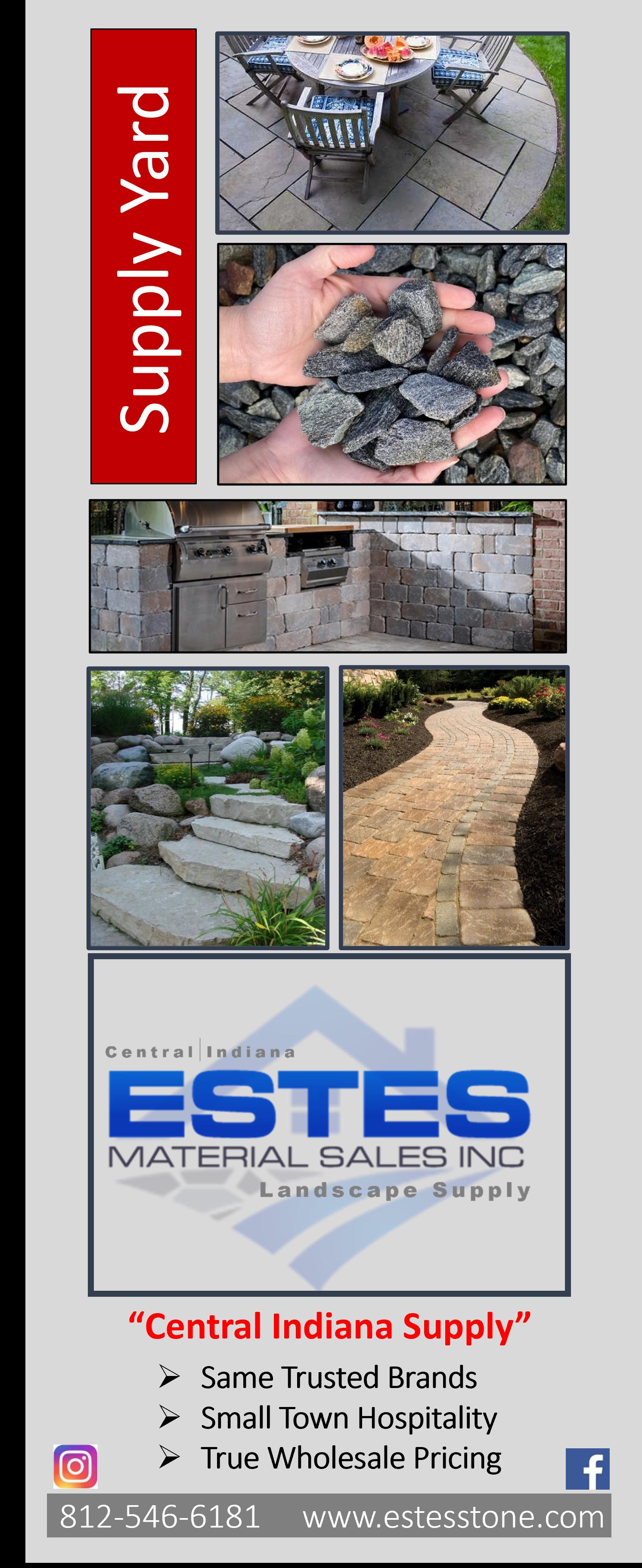


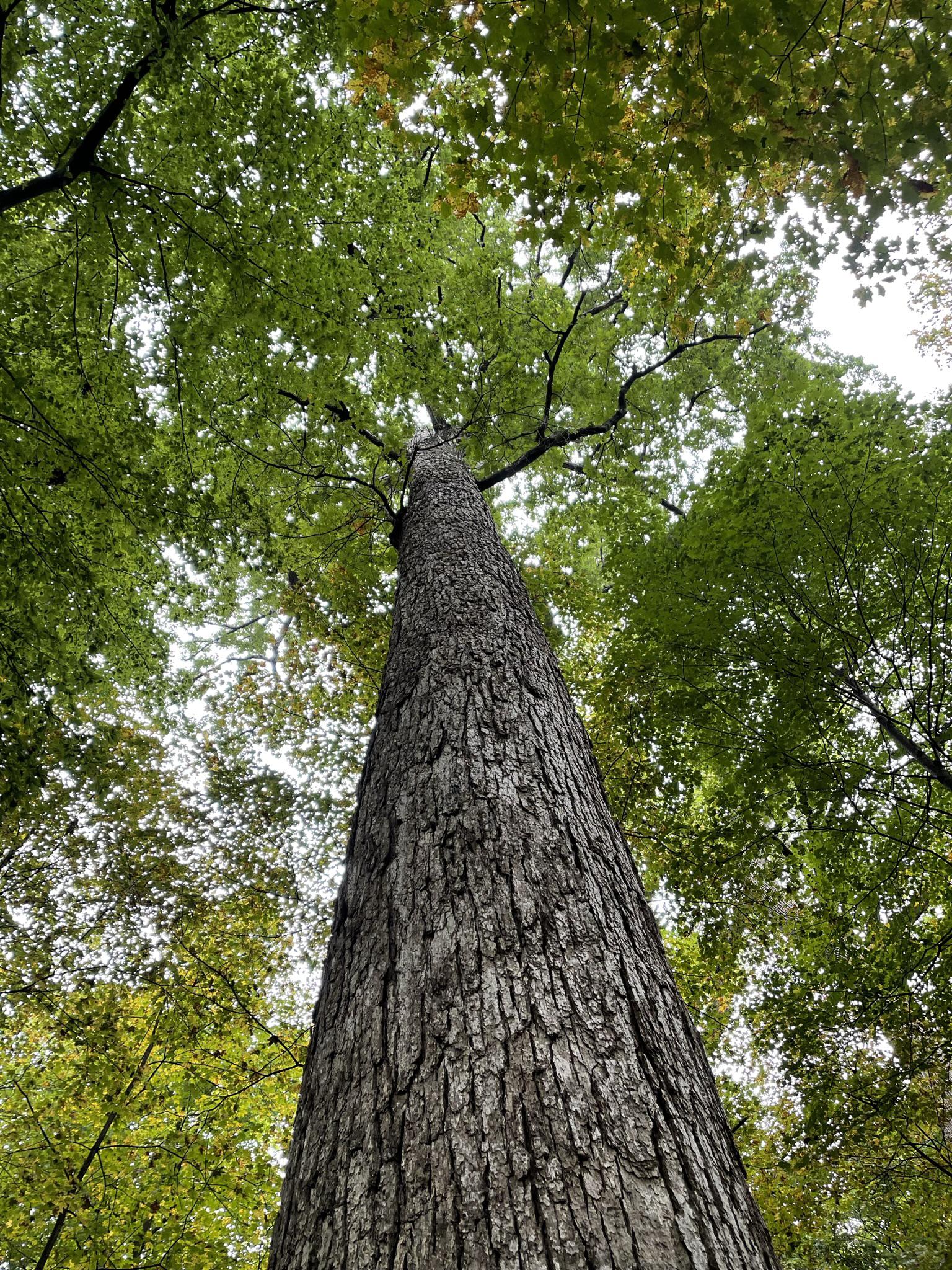


Date: August 10, 2023 (rain date: October 5, 2023)
Location: Twin Lakes Golf Club 3200 W. 96th Street, Carmel, IN 46032
Entry Fee: $165.00 per person/*$600.00 per foursome
Fee Includes:
- 18 holes of golf and cart
- Range balls and putting greens

- Snacks throughout the event (no lunch)
- Free beverages all day during event
- Prizes
- Dinner/awards afterwards at Clubhouse
Event Times:
Registration: 10 am
Shotgun Start / Florida Scramble: 11 am Dinner / Scoring / Prizes immediately following
Sponsorships Available:
$200.00 HOLE SPONSOR
•Company name at selected hole
•Company name and information about company/person and product line in outing handout per cart
$250.00 GOLD & GIVEAWAY SPONSOR
•Company name and information at selected hole
•Company name and information about company/person and product line in outing handout per cart
$350.00 BEVERAGE CART SPONSOR
•Company name in each golf cart at selected hole
• and product line in outing handout per cart
$600.00 DINNER SPONSOR
•Company name in each golf cart at selected hole
•Company name and information about company/person and product line in outing handout per cart
Registration:
Name of Organization or Individual
Telephone with area code
Name of individuals registering (Please place me on a team ___)
Names of Team Players (Please list all)
Player 1
Player 2
Individual Player x *$165.00 = ______________ Foursome: $600.00
Make checks payable to: Indiana Outdoor Management Alliance 125 West Market Suite 300 Indianapolis, IN 46204
Or complete charge card information below
MC VISA AMEX DISCOVER Pay at Registration
Card #:
Expires: Security Code:
Billing Address:
Email receipt:
Questions? Call Rick Haggard, 765-366-4994
Email: rhaggard@inla1.org
Patents and trademarked names are not just for mechanical inventions and Coca Cola. This article is about plant intellectual property or plant IP for short. The reader does not need to know anything about plant IP to learn and enjoy this article. This article starts with the bare-bone basics of plant IP and then talks about plant IP from a value perspective. Just like faith catechisms, this article is structured as a series of questions and answers, bitesized morsels to help the reader understand in an easy and natural way.
What is intellectual property or IP?
Intellectual property are rights of ownership, like the right to possess a parcel of land or the right to rent out a piece of equipment. These rights have no physical substance, but are intangible assets. You cannot touch them, but they are, nonetheless, very real and can be very valuable. We are going to start the discussion about plant IP in a practical way by considering a plant label.
When I look at the plant label, I see all kinds of writing on it. I often see the common name for the plant as well as its scientific name. I also see a fanciful name for the plant with a small, superscript R in a circle or sometimes TM in the upper right corner of the fanciful name. I often see a strange code of letters and numbers or a less pleasant word in single quotations, and I notice a PP followed by a batch of numbers. All of this is on the label: what am I to make out of all this?
We can glean a lot of understanding about plant IP from this label. Let us start with the scientific name. There is no plant IP concept associated with the scientific name, and by scientific name I mean the Latin language name of the plant’s genus, which is akin to, say, a close family group, and the second word in the scientific name is the species name; this latter name or epithet narrows this plant to a particular immediate family. When we get to the third item in the scientific name, which could be either a word or an alphanumeric code enclosed in single quotation marks, we are still not at a plant IP concept, but we are on the verge of it. The word or
alphanumeric set of characters in single quotation marks is the cultivated variety (cultivar), which is a set of plants within a species that shares a certain attribute or attributes that makes these individuals stand out from other members of the same species, for example, variegated leaves instead of plain leaves. When plant breeders develop new plants, they have to name the cultivar. The alphanumeric characters that are within the single quotation marks are the official scientific name or marker for this distinct cultivar.
So that begs the question: if the alphanumeric character group within the single quotation marks is the plant cultivar, then why is there also this fanciful plant name, say Vanilla Strawberry for a hydrangea, on the label with a circled R in the upper right-hand corner? Isn't that the cultivar?
The answer is the fanciful name is not the cultivar name or part of it. Rather, the fanciful name is a trademarked name conceptually reflecting the source of this particular plant, pointing to the breeder. On the label, you will often see it along with the breeder’s trademarked name to emphasize the combination as the plant’s source.
What is the PP number on the label?
The PP followed by a number is the plant patent number assigned to this unique cultivar when plant breeder was granted protection of this cultivar. This legal right was obtained from the Federal government, specifically the U.S. Patent and Trademark Office. This office grants patents for plants like they do for mechanical inventions.
What exactly is patent protection?
Patent protection is the temporary right to exclude others from selling, asexually propagating, importing and exporting this cultivar without the breeder’s permission and presumably without compensation to the breeder. It took time, money, and risk to develop this cultivar and by securing a patent, the plant breeder acquires certain legal rights in hopes of generating extra sales or royalties, which are basically compensation for allowing others to sell,
asexually propagate, import, or export this plant material. At the end of the day, the breeder or patent holder hopes to make more money over the life of the patent than the money that was put into developing the protected cultivar.
So why is there a trademarked name for this plant when there is already a scientific name and a patent for the cultivar? Before we answer this question, we need to understand a bit more about patent rights. Patents go deep into American history; as a matter of fact, patents were established by the United States Constitution. That is how deep their legal foundation is. Patents are granted for technology (including plant material) that is new, provides a discernible benefit (and it can be a small step forward), and is not an improvement that would be obvious to industry participants. The founding fathers understood that they wanted to increase the rate of technological advancement and to do that, they were willing to make a Big Exchange.
So, what was the Big Exchange?
The big exchange was that inventors, or in the case of plants, breeders, would sacrifice to innovate current technology, and they would get a big reward for it in terms of exclusive or monopoly rights for a time.
If plant breeders gain exclusive rights when they innovate and develop new cultivars, how is there an advancement in technology for society as a whole? Good question. This relates to the second part of the big exchange. The big exchange included the requirement that the inventor or breeder would have to disclose publicly everything about the invention or about propagating the cultivar (for example, what were the parent plants) so that others could understand the new technology, how was created, how to copy it, and build upon the technology to keep pushing the technological envelope forward. That is the big exchange: monopoly rights for a limited amount of time in exchange for disclosure of what you as the inventor or breeder have learned. So, if you look at a patent as registered in the in United States Patent and Trademark Office, one
will read all kinds of details about the invention and the technology up to that point, in order that someone knowledgeable in the industry can replicate the technology and then build upon it.
Well, you still have not answered my question about why there is this trademarked name when I already have a complete scientific name for this new cultivar?
Inventors and breeders usually spend a lot of time and money in developing new cultivars, and much of what they develop does not acquire market acceptance, essentially it becomes a dud, and the investment in development is lost. When plant breeders develop a cultivar that becomes a hit (achieves strong market acceptance), they want to maximize the return. There are two ways to maximize their return on investment. The first way is by exploiting and enforcing their monopoly rights for the life of the patent, which is normally 20 years, but plant breeders are not happy with losing their monopoly rights after 20 years.
How can they eke out additional benefits after 20 years?
That is where the trademarked name comes in. Trademarked names, unlike patents, have an indefinite life. If the owner of the trademarked name actively uses the name (registered at the same office as the patent), pays renewal fees, the name can be renewed for an additional ten years, and again and again. In Europe there are trademarked names that are hundreds of years old and are still going strong. When it comes to plants in the United States, if purchasers, particularly consumers, strongly associate the scientific name for this exact cultivar with that fanciful trademarked name, the protected name has attraction power. After the plant patent expires, anyone can propagate, sell, and export the cultivar, but they still cannot refer to the cultivar by that trademarked name that has been associated with the cultivar in the mind of the public. The breeder or owner of the trademarked name for the cultivar will still have the right to use the well-established and accepted name for the plant and will have a competitive advantage in selling the plant. This is why plant breeders almost automatically create and seek protection for a trademarked name that will be associated with this new cultivar. By maintaining a popular trademarked name for the cultivar, they can enjoy a marketing edge indefinitely.
Now let's talk about plant patents
and trademarked names from a value perspective. If I apply for and secure a plant patent for my new cultivar, am I automatically generating value? The answer is no.
Why is that so? Why is it that securing a plant patent does not automatically generate value?
The reason this is the case is because a plant patent, trademarked name, trademark (like a logo), or essentially any form of intellectual property is only the right to exclude. Specifically, IP is the right to exclude others from all the activities we have already mentioned about plant patents. As one can imagine the exclusive right to sell without any buyers is not valuable.
For plant IP to be valuable, it must generate profit. And when I say profit, I mean profit in a broad sense. For example, the profit can be from selling higher quantities of the plant than I would otherwise sell. Profit could also be in the form of a price premium, so on a per unit basis I can sell for a higher price and have a higher bottom line than I otherwise could. The profit could be other things as well. The author has been engaged by a nursery that did not hold a plant patent, but a process patent for propagating plant material in a more efficient manner through a particular mechanical means. Profit from a patent can be from higher throughput per hour or from lower costs than would have otherwise been incurred. These are overlooked sources of profit.
Another less familiar source of profit is the ability to shut out competitors. An example of this is you develop a cultivar that has a characteristic that the market is currently crazy. Meanwhile, your competitor has also developed a cultivar with a very similar characteristic, but his cultivar is not quite as sharp, vibrant, or as attractive as yours. Nevertheless, your competitor’s cultivar would still attract buyers and siphon off sales. As a competing plant breeder, you may want to purchase the IP rights of your competitor’s plant just to keep his cultivar off the market and allow your cultivar to be the only one with this newfound or improved characteristic. By shutting out this competing cultivar, you will maximize the sales of your newly developed cultivar, and higher sales mean more profit, all else being equal.
I see plants that have a US patent number on their label, but they look exactly the same as other plants with the same common name. What is going on there?
In addition to applying for and acquiring a patent for a cultivar with an easily discernible physical difference, for example, a new color pattern, one can acquire a patent for a trait that is not obvious such as resistance to a fungus or to a particular herbicide. Patents for these occult or hidden characteristics are called utility patents. They have a special protection that is, in fact, a higher level of protection than for just a new beautiful or interesting foliage characteristic.
Well, thank you for the primer on plant IP, but I want to know more about adding value to my business using plant IP. How can I know how much my plant IP is worth or could be worth?
All IP value including plant IP is determined by four factors, just four so they are easy to remember. The first factor is the benefit, which we have described as some form of profit. We have also talked a little bit already about the second factor of value, which is time. For example, we talked about how plant IP holders use trademarked names to extend the time their IP has value beyond the life of the patent. While we are on the subject of time, an important concept must be broached: that concept is economic life versus statutory (legal) life. Statutory life is how long the government gives you enforceable monopoly rights for your IP. Statutory life is not nearly as important in terms of value as economic life. Economic life reflects how long the market is willing to buy your protected product in quantities that are worthwhile to be sold. The economic life of a plant patent may be as long as its statutory life, but it is often shorter than statutory life. When one is evaluating plant IP, one should have an awareness of the statutory life remaining but should be more interested in the remaining economic life of the IP. Many of us have witnessed the millennial craze regarding houseplants that was accelerated during the Covid pandemic, but we also saw the volatility of sales of houseplants that go viral on Instagram. Many growers have been careful about the production quantities of the latest house plant cultivars for fear of being stuck with unwanted inventory when the fad fades away, and garden centers no longer want to buy. The lesson of this story is that the economic life for certain cultivars can be very short, and the staying power of market acceptance must be estimated with care.
Having discussed the factor of time, we can discuss the third factor of value which is growth. For plant IP already
in the marketplace, how much will sales grow, and after competing cultivars emerge, how fast will your plant IP sales start to decline? A similar forecast must be made for plant IP not yet introduced to the market.
Finally, risk is the fourth value factor. Risk relates to the uncertainty of accurately predicting the benefit, its growth, and economic life, that is, the magnitude and duration of the first three value factors.
How does one gauge risk in relationship to plant IP?
Assessing risk requires a good pulse on the marketplace, knowledge of the performance of similar plant IP, the ability to detect market trends early in their beginnings, your history as a breeder or IP holder with a publicized and successful defense of your monopoly power from others trying to steal it (Stealing IP is called infringement). We need to discuss infringement. When you secure a patent, trademarked name, or other forms of plant IP protection, the only thing the government gives you is a legal advantage in asserting your rights. The government does not guarantee that your patent cannot be taken away (held invalid), and the government does not promise to defend your IP rights. You have to initiate legal action and front the legal costs yourself. This all relates to risk: will your plant patent generate enough profits to pay for defending your rights from both outright IP thieves and other breeders who in good faith are questioning the validity of your patent. Defending your monopoly rights can be costly, particularly in parts of the world where the rule of law is weaker.
Risk also comes into the play in terms of how quickly your cultivar achieves an acceptable degree of market acceptance: can you hold out long enough in terms of promotion costs until the cultivar catches on? Will market acceptance ramp up quickly, peak out fast, and fall through the floor in a relatively short amount of time, or will it be steady and long-lasting? Another twist is that IP market acceptance can have multiple peaks within the statutory life of its protections. This is less the case with patents but definitely applicable to trademarked names and trademarks because trademarks may extend beyond generations. They can be rediscovered and enjoy another surge of market interest.
How are all these value factors taken into account to arrive at a reasonable
value for a particular type of plant IP? Appraisers (or valuation analysts) apply methodologies from valuing businesses to valuing IP. An appraiser draws upon the performance of similar IP from the past and the current performance of IP already in the marketplace to estimate potential sales volume and the profit per unit sold or licensed.
A brief note about IP licensing: rock stars do not manage their musical IP, and many plant breeders do not manage their plant IP either. This is where licensing comes in. If you are good at breeding plants but do not have the knowledge or the stomach to dive deep into the IP world, you can sell or rent your monopoly rights to experienced exploiters of IP rights. These acquirers have the experience and resources to market and defend the IP’s cash benefits and to collect those benefits. Many readers have experience with IP auditing companies coming to your nursery or to your garden center to ensure you are following the rules regarding the licensed IP that you are dealing with. This is an important alternative worth noting: you can sell your monopoly rights in exchange for a lump sum payment or a royalty stream per unit propagated or sold and leave the headaches to the acquirer.
We have talked about how a valuation analyst can estimate the financial benefit of the related plant IP. The next step is estimating the pattern and duration of market acceptance: how many units will be sold each year, how the sales volume will ramp up, peak, hold steady, and then decline, and at what rate the decline will occur. After one is satisfied with the financial forecast of the plant IP, one must translate or convert these future benefits to current dollars, a lump-sum value today.
What is that process of converting future benefit values to current dollars? That process is called discounting, and this is where the value factor of risk matters in a major way. A cash benefit five years from now is not worth the same amount today because, number one, it may not happen. Number two, if it does happen, it may not happen at the quantity that you forecasted. Number three, even if it happens when you think it will happen and at the quantity that you think will happen, you have to wait five years to receive it. In the discounting process we reduce the future benefit stream for all these potential risks. Mathematically this is a slam dunk operation. The complexity is determining how
much of a discount reduction rate per year do you take? Careful judgment is in order for this step of the valuation process.
Where do we start in matching a discount rate to the IP’s risk?
You could have taken the money you invested in a breeding program and placed it in an alternative investment for five years and earned a return. We know from observation that over long periods of time different types of investments generate different rates of return. Lower risk investments tend to earn a steady and reliable return, but the return is usually at a low rate, say 4% on an annual basis. In contrast, investments, for example in startup technology companies, may not pan out at all, resulting in a complete loss, but when these riskier investments do pay off, very high rates of return can be earned, higher than 35% per year. There is a spectrum of risks and returns observed in the public bond and stock markets we can draw upon. When it comes to plant IP, the valuation analyst looks at the risk of the considered plant IP relative to the risk of alternative investments and determines or matches a required rate of return (the discount rate) for the difference in risk. For IP that steadily generates profitable sales, its future benefits are going to be discounted at a lower rate, and that IP is going to have a higher current dollar or present value than plant IP that is either untested or very early in its lifecycle. The future benefit stream of this more speculative IP will be discounted (reduced) heavily, so that a benefit of, say $100,000, in year 10 may have a present value of $15,000, $5,000, or even just $2,000.
Summing it all up.
Plant intellectual property: patents and trademarked names, is full of peril and promise. There is the opportunity for great wealth accumulation because plant IP unlike human labor is highly scalable. IP is somewhat analogous to software publishing: once the IP is created and acquires market acceptance, it can be easily replicated and licensed very efficiently.
You now understand the basics of plant patents and the trademarked names that plant breeders use to extend their economic profits. Now when you contemplate or encounter plant IP on those labels, you can reflect on the four value factors of profit, time, growth, and risk. The author hopes that you will look at plant IP with new eyes and will explore further this fascinating aspect of the green industry.

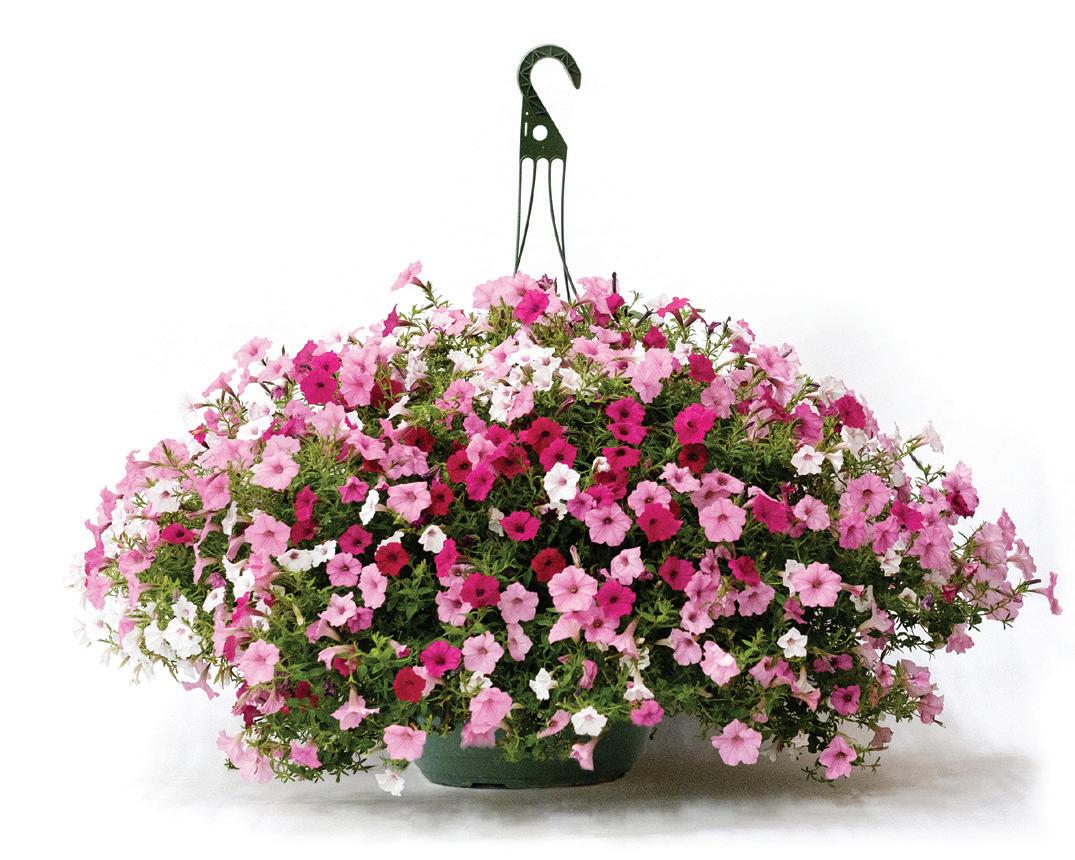

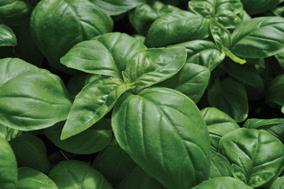









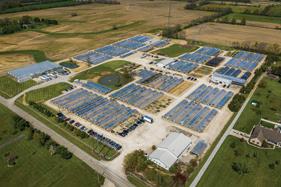
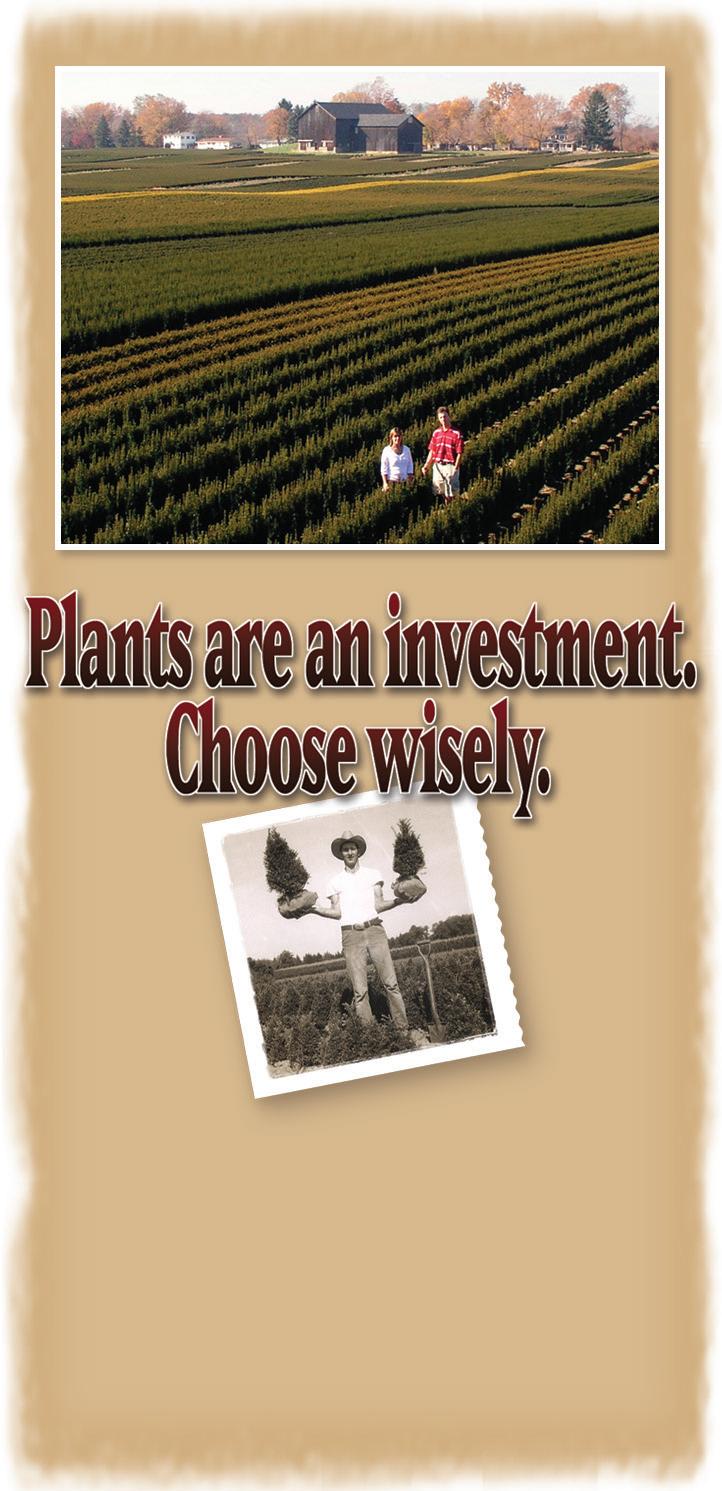




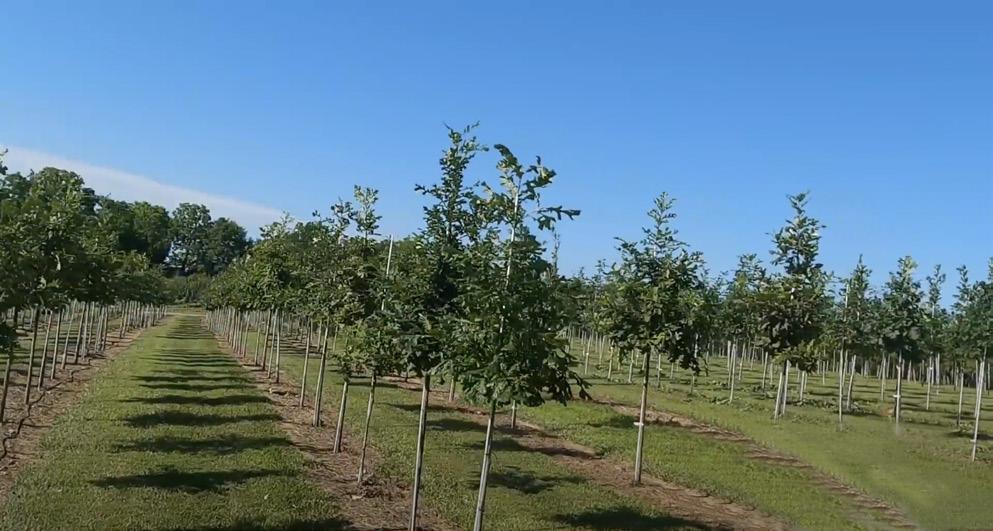
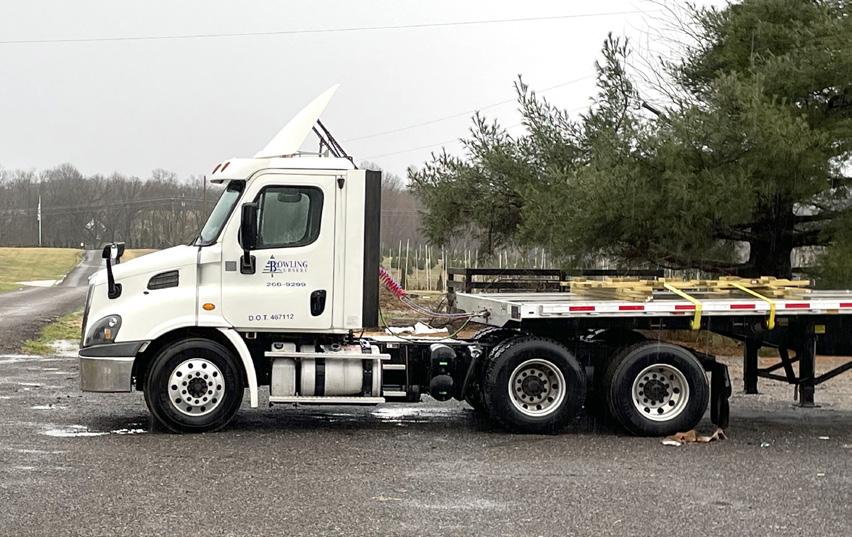
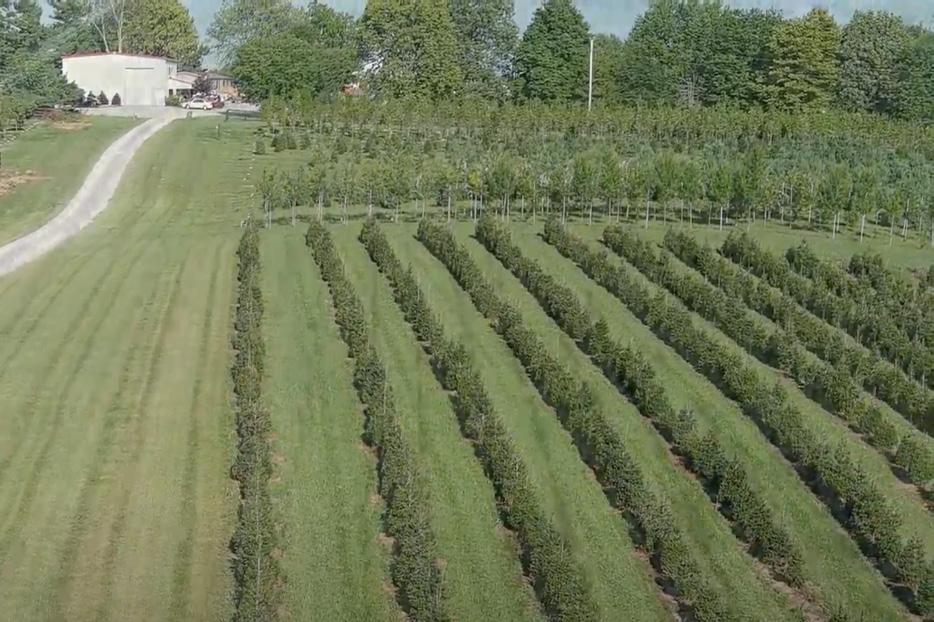

Fulvic Acid. What is it? What does it do? Where does it come from? Should I incorporate Fulvic Acid in my Fertility Program? Bottom line – does it work?
Let’s dive into the fulvic phenomenon and explore its vast possibilities as a solution to everyday hurdles you may face.
We’ll begin with a summary list of the unique functions of fulvic acids, as referenced in the book written by William R. Jackson, PhD. Then, we’ll take a more detailed look at the questions posed at the beginning of this article and provide answers/solutions to these questions.
Unique Functions of Fulvic Acids
Humic, Fulvic, and Microbial Balance: Organic Soil Conditioning
William R. Jackson, PhD.
1. Assistance in seed germination and growth.
2. Improved development of roots and shoots.
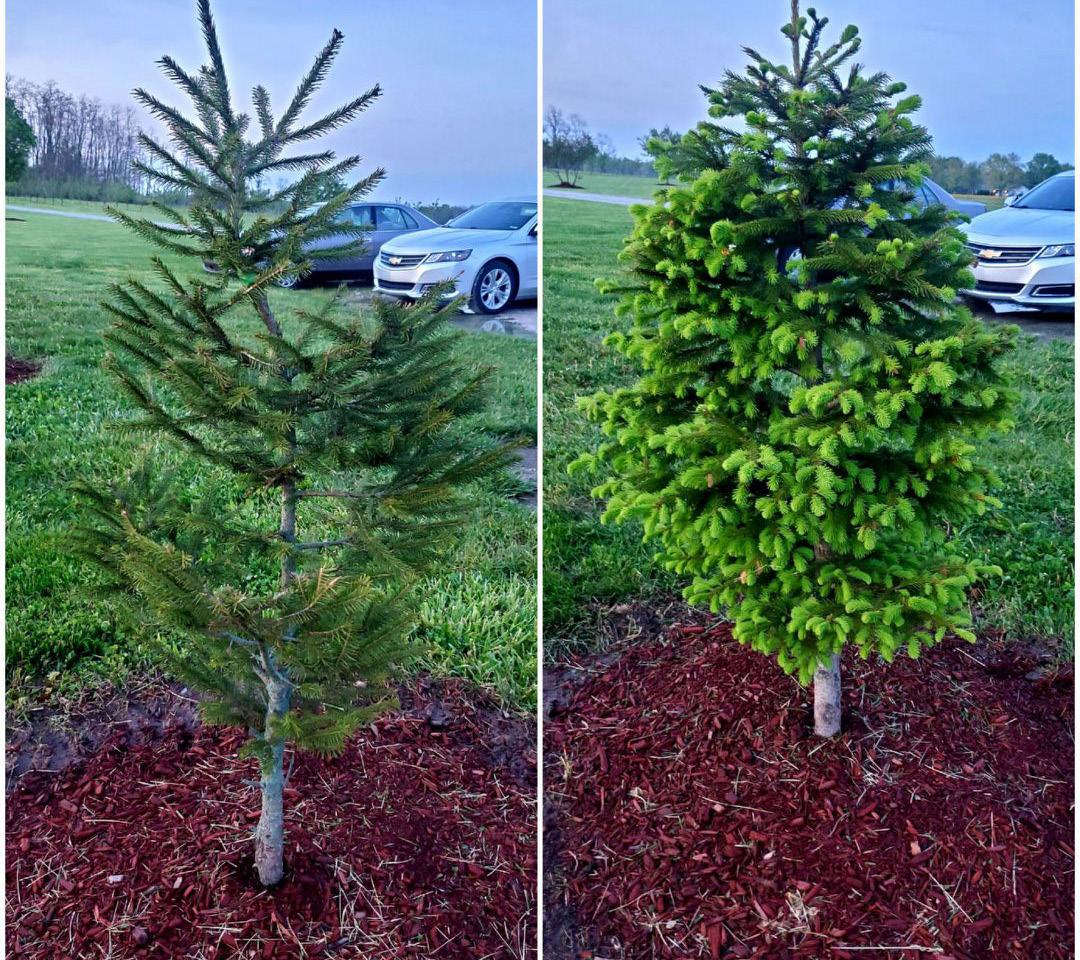
3. Resistance of plants to fungal attack.
4. Metal complexing and nutritional physiology.
5. Enhanced uptake of nutrients.
6. Simulation of plant metabolism.
7. Chelation and effects on the plant growth cycle.
8. Positive effect on plant RNA and DNA.
9. Catalysts in plant respiration.
10. Increased metabolism of proteins.
11. Increased activity of multiple enzymes.
12. Enhanced permeability of cell membranes.
13. Enhanced cell division and cell elongation.
14. Aid to chlorophyll synthesis.
15. Increased drought tolerance.
16. Increased growth and yield in crops.
17. Assist denitrification by microbes.
18. pH buffering capacity.
19. Special chemical affinity for balance.
20. Participation in synthesis of new minerals.
21. Chemical weathering of inorganic substances.
22. Silicate decomposition by hydrogen ions of fulvic acids.
23. Aid in creation of fertile new soil.
24. Ability to scavenge heavy metals.
25. Detoxification of various pollutants.
What is fulvic acid? When plant and animal tissue decompose, it can be referred to as Organic Matter. The dark colored homogeneous material can be called humus. Humification is the process of forming humic substances and generally includes the decomposition of organic matter. Fulvic acid is one part of the humic substances and it has a low molecular weight. Because of their low molecular weight, fulvic acids can be applied via foliar spray or watered in, providing flex-
ibility for a wide range of applications. Fulvic acid acts as a chelating agent and can bond with many other nutrients that may be “locked up” in the soil, thus allowing these nutrients to “piggyback” on the fulvic acid and penetrate or assimilate into the plant.
What does fulvic acid do? As you can see from the list above, fulvic acid has many unique functions and capabilities at its disposal. Fulvic acid aids with the plant’s genetic expression which systematically allows the chemical reactions that happen in a plant to link up in harmonization which allows optimal health of the plant. Fulvic acid is considered an acid radical, so it is able to bond with positive or negatively charged nutrients at the same time. This allows nutrients, which may be unavailable to the plant because of their high molecular weight, to become available by bonding with the fulvic acid and piggybacking into the plant. Thus, nutrients that may be unavailable or “locked up” are now available to the plant with the introduction of the fulvic acid.
Where does fulvic acid come from? Fulvic acid is the acid radical found in humic substances which is soluble in alkali, acid, methyl ethyl ketone, and methyl alcohol. Fulvic acid can be derived from Leonardite which is a brown soft coal-like deposit usually found in conjunction with deposits of Lignite. This produces small percentages of fulvic acid. Another method to derive fulvic acid is through Organic Technology. Organic Technology uses plant material, which goes through a decomposing process and a humification process. Through the Organic Technology process, higher percentages of fulvic acids are obtained.
Should I incorporate fulvic acid in my fertility program? – Fulvic acid can be a part of your fertility program, no matter what type of applications you use. It can be added in your watering schedule, (which by the way, a benefit of fulvic acid is that it will lower the pH of your water to a range of 6 – 6.5 when added), and it can be added into your soil. Fulvic acid can be added directly to your current program and will help your current program work better because when the fulvic acid bonds with the other nutrients, it allows these nutrients to be more available to the plant. This will also help the plant use the nutrients as the fuel it needs to reach its full genetic expression. Fewer nutrients are needed over time because the plant is more efficiency utilizing all of these nutrients.

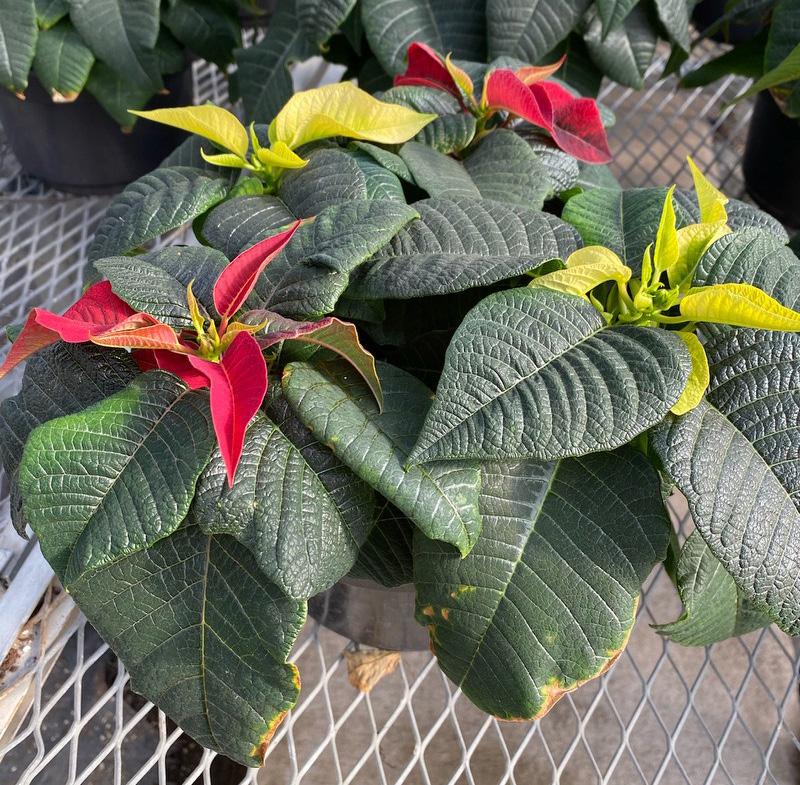
Bottom line – Does it work? A quote from the book, Humic, Fulvic and Microbial balance: Organic Soil Conditioning; An Agricultural Text and Reference Book by William R. Jackson, PhD states: “An impressive number of field observations and substantial experimental evidence indicate that the fulvic acid fraction of organic compounds directly and/or indirectly influence the chemistry, physics, and biology of plant life. At the same time, the scavenging of heavy metals and the detoxification of pollutants also are related to the fulvic phenomenon. There is evidence that all humic compounds, especially those of the fulvic acid fraction, are excellent natural chelators and cation exchangers. These functional properties of fulvic acid are vitally important in the nutrition of all higher and lower plants.”
Adding fulvic acid into your fertility program will help your program work better due to the chelation effect. Healthier turf, heartier flowers, stronger perennials, trees, bushes, and vivid colors will be your results once you try it. Once you start using it, you’ll fall in love with it and never go without it.
For more information about fulvic acid and nutrition, please contact:
For more information about fulvic acid and nutrition, please contact:
Mike Vargo Ag Nutrition LLCmvargo@ag-nutrition
317-507-0238
The Indiana Nursery and Landscape Association has developed the Indiana Accredited Horticulturist Program to provide a method of self-study and accreditation for individuals in the nursery industry. The goal of this certification and accreditation program is to develop knowledgeable, motivated, professional employees for the landscape nursery industry.

There are over 700 Indiana Accredited Horticulturists and over 125 Master Horticulturists. The success of the program and the upgrading of the personnel in the nursery industry are direct results of the emphasis the Indiana Nursery and Landscape Association have placed on education programs. You are encouraged to take advantage of this valued educational service of your association.
George Brenn, Four Seasons Landscaping Nursery, created this study guide to help teach the material covered in the IAH Manual. His intentionw as to assist those trying to master the subjects within the manual.
Pruning: Pruning is not difficult if you understand why, when, and how to prune, and if you consider and understand how plants respond to pruning.
Why prune? Here are the 7 primary reasons to prune:
• Maintain or reduce plant size
• Remove errant or undesirable growth
• Remove dead, broken, or diseased branches
• Stimulate flowering and fruiting
• Rejuvenate and restore older plants to vigorous new growth
• Prevent damage to life and property

• Shape plants in unusual forms
Some myths about pruning:
• Myth: Pruning at the wrong time will cause the plant to die (False)
• Myth: Topping shade trees will keep trees from causing damage (False)
When to prune: The best time to prune is when the plant will recover fastest.
• Flowering Trees & Shrubs: Prune according to the season of bloom.
• Spring Flowering: Flowers produced on OLD wood. Prune AFTER FLOWERING
• Summer Flowering: Flowers produced on NEW wood. Prune BEFORE NEW GROWTH BEGINS, meaning prune in late winter or early spring to maximize new growth.
• Some plants can be pruned both pre and post bloom.
• Conifers: It is good to prune as branches gain length but before new growth "hardens."
• Many conifers will not develop new shoots from older wood, so avoid cutting back beyond portions having living foliage (Yews will sprout new shoots from older branches).
• Bleeders: Plants having exceptionally heavy sap flow in early spring, such as Maples, Birch, Dogwoods, Elm. These should not be pruned until in full leaf (after mid-May).
• When NOT to prune: August 15 through November 1.
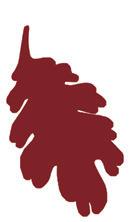
Geo-Notes:
1. Hedge shears (of any type) are used to clip new growth into formal shapes. These tools are NOT useful for pruning that is intended to maintain a plant's natural appearance.
2. When pruning with hand pruners (e.g., Felco #2), place the blade side of the pruner next to the part of the plant NOT being removed, and the "hook" side of the pruner makes contact with the portion being removed.
3. Plants respond predictably to pruning by initiating new vegetative growth from buds located closest to the pruning cut.
4. A person experienced in pruning thinks about how to make fewer cuts since every cut results in multiple regrowth.
How - Pruning Techniques:
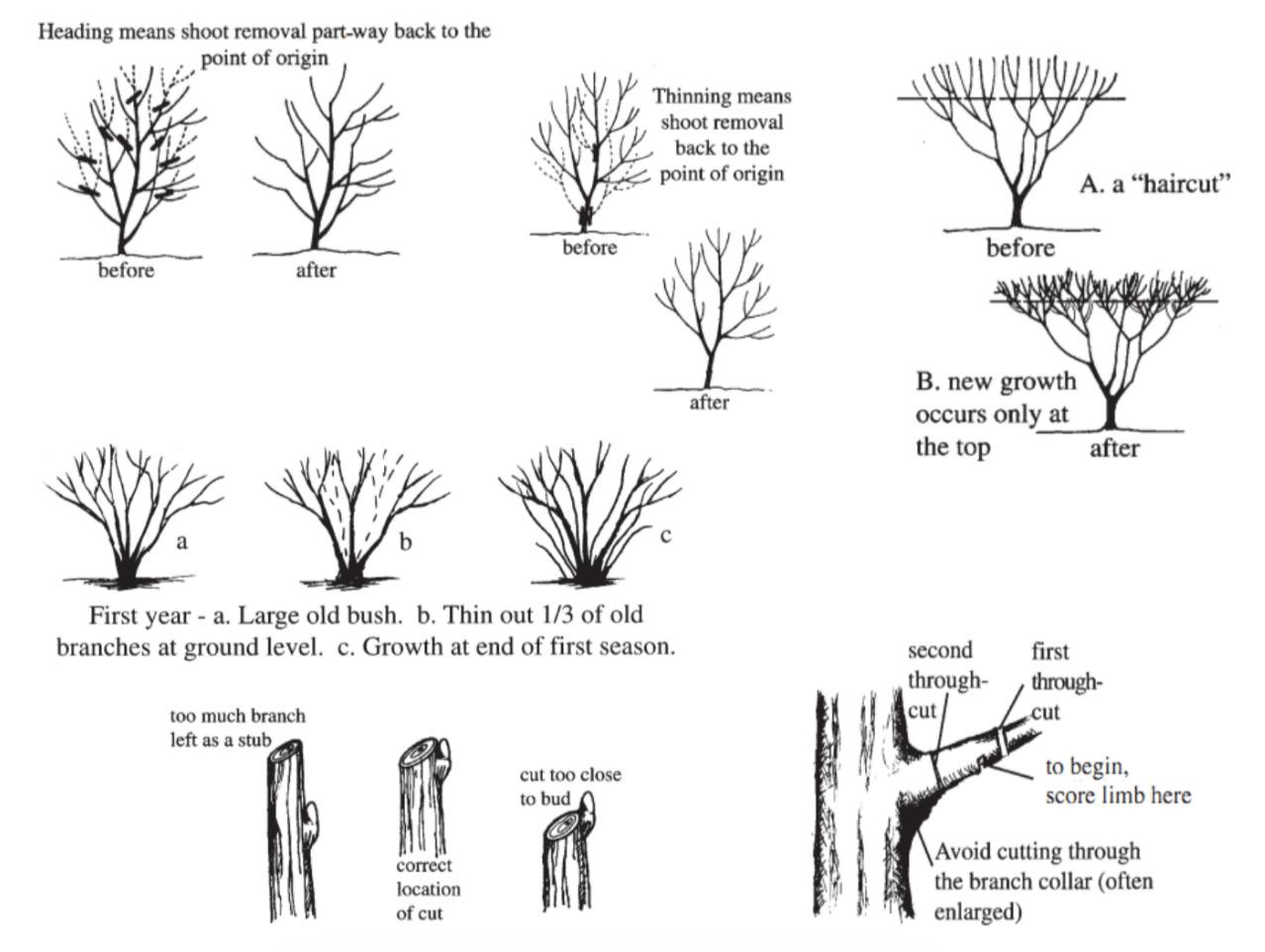
• Heading Back: Cut off branch tips. Proper cut is angled and about ¼" above a bud or branch. Heading back makes MANY cuts. Hedge Shears provide maximum heading back.
• Pinching: Heading back of soft shoots without shears.
• Thinning: Removal of branches by cutting at the outer edge of the branch collar (area where branch and stem (trunk) join); contains specialized cells that will "callous over" the wound and seal it. Thinning makes fewer cuts, thus creating less volume of new vegetative growth.
• Deadheading: Removal of spent flowers (important for Rhododendrons).
Conifer Pruning - Where's the Buds??
•Observe the difference in bud arrangement for Pine and Spruce.
•Some conifers grow in flushes (Yews) and have semi-determinate growth.
•Pines grow only once per year and are said to have determinate growth.
•Other trees grow throughout summer and are said to be indeterminate (Birch, Maple).
•It is best to prune tree conifers by heading back new shoots, which results in additional bud formation.
•Remove approximately ½ of newly expanding candle (new shoot growth on each branch). Christmas tree growers shear trees each June to increase bud count and density. In landscape situations, prune only every 2-3 years.
It is best to prune evergreen shrubs with a combination of Heading Back and Thinning to maintain a less formal, more feathery appearance.
•Avoid pruning evergreens when wood is frozen as branch tip damage will occur.
1. Bare root nursery stock must be harvested (dug) while it is _________
2. If a newly planted tree requires staking, the staking materials should be ________ after the first year.
3. When removing a branch from the trunk of a tree, it is important to avoid cutting through the _________
4. Balled & Burlapped nursery may have been dug by hand or with a tree spade. T or F
5. Heading back is a method of pruning involving reducing the length of branch tips. T or F
6. Trunk wrapping of newly planted trees is one method to reduce the possibility of and _______ ________
7. When planting into a heavy clay soil, it is best to discard the soil dug from the planting hole and replace it with bagged topsoil and peat moss. T or F
8. Timing for pruning a plant is determined by its ________ ___ _______
9. The _______ ____ method of tree branch removal minimizes the likelihood of bark being damaged during the pruning procedure.
10. Pruning of Pine and Spruce is best done when the ________ are extending, but before new buds have matured
11. Pruning should be done for specific purposes such as maintaining or reducing plant size, removal of undesirable growth, removal of dead or broken branches, to stimulate _________ and ________ production, and to prevent damage to ______ and ________
12. The ___________ effect occurs when lightweight or organic amendments are used in backfilling the planting hole in heavy clay soils
13. Some trees, such as Maples and Birch should not be pruned in early spring because they have exceptionally heavy sap flow. These trees are referred to as ____________
14. ___________ is a pruning technique that involves removing an entire branch.
15. A root from a container grown tree that circles over other roots and eventually causes strangulation is called a ______________ ________
16. Fall digging of trees and shrubs usually begins after the ____________ layer forms and leaves begin coloring or dropping, which is an indication that ________ has ceased.
17. Planting during summer months when it is hot and dry can cause plants to _________ excessively. Misting the foliage cools the plant and can reduce the ___________ _____
18. Pruning at the wrong time may cause a plant to die. T or F
19. Hedges should be pruned with a _________ base and __________ top
20. “Plant in the Spring or Plant in the Fall” is a familiar saying, but the important consideration is when a plant is being dug up for transplanting, and this is best done when the plant is __________
Name: IAH No.: Phone: Email:
Each quiz will be worth a .5 (one-half) CEU!
The Indiana Accredited Horticulturist Committee is pleased to provide you an opportunity to earn CEUs (continuing education units) in each issue of the Indiana Nursery and Landscape News.
The IAH quiz offered in each issue can be completed by anyone who is an “Active” (current) IAH (initial or masters).
Each quiz will be worth a .5 (one-half) CEU (continuing education unit) for the completion of the bi-monthly quiz with a pass rate of 80%. Over a 2-year period, you could earn up to 6 CEUs if you take and pass every quiz!
The INLA office will grade the quiz. Questions and answers have been provided by the IAH committee.
Thank you and good luck studying!
The Indiana Accredited Horticulturist Committee

Co-Chairs
- George Brenn, Four Seasons Landscaping Nursery
- Gabriel Gluesenkamp, Designscape Hort Services
Committee Members
- Brian Bunge, Twixwood Nursery
- Wayne Gruber, Niemeyer’s Landscape Supply
- Jim Messmer
- Melissa Mravec, Allen Landscape
- Jodie Overmyer, Marshall County Soil and Water
mail to INLA, 7915 S. Emerson Ave., #247, Indianapolis, IN 46237

LOOKING TO PURCHASE EXISTING BUSINESS
Landscape, Lawncare, Tree and Shrub Care, or Irrigation Business in Indianapolis or surrounding counties.
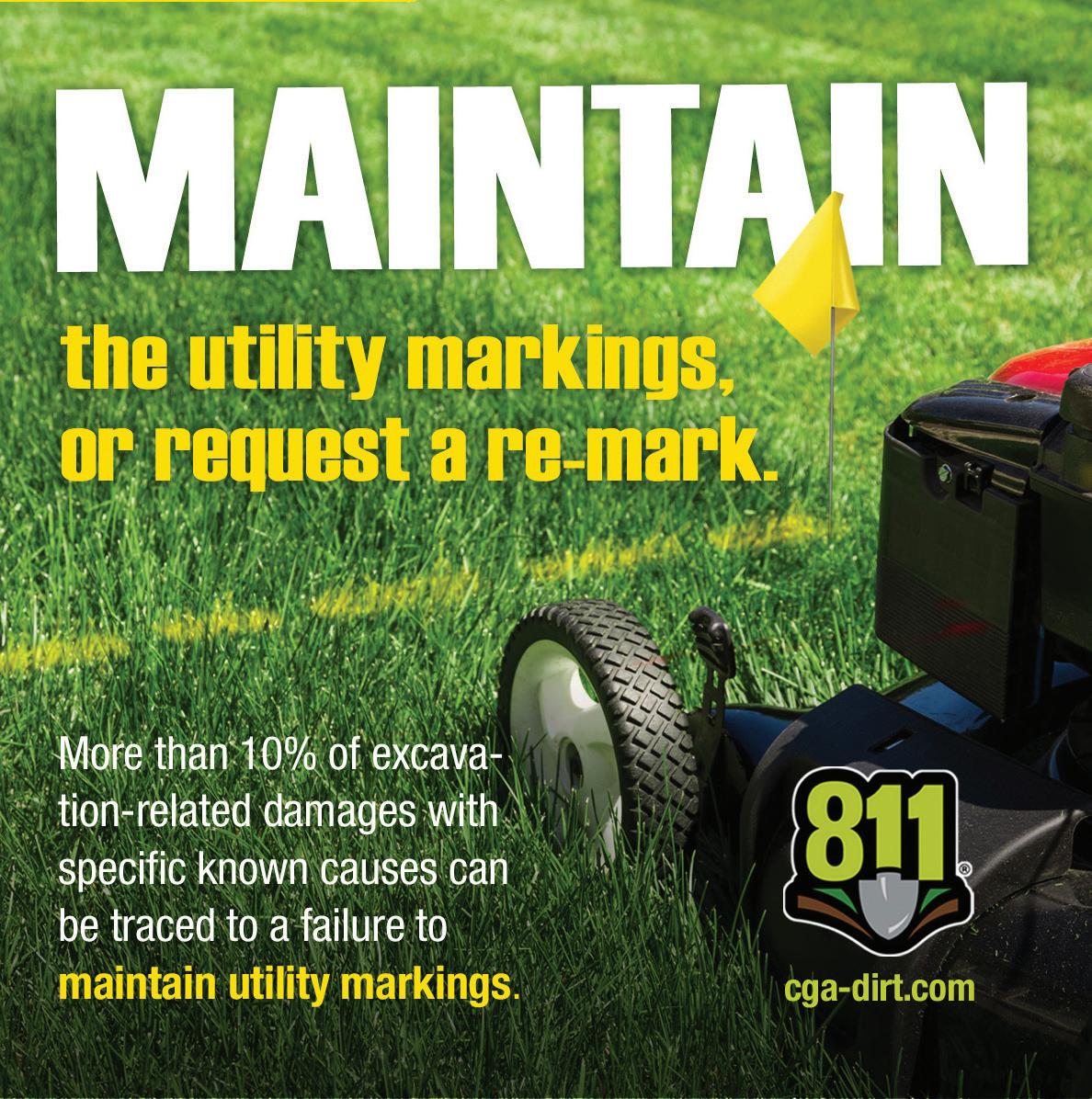
Call Jim Calvin, Calvin Landscape 317-247-6316
Member Benefit
INLA Job Board at www.inla1.org
FREE JOB POSTING for INLA members!
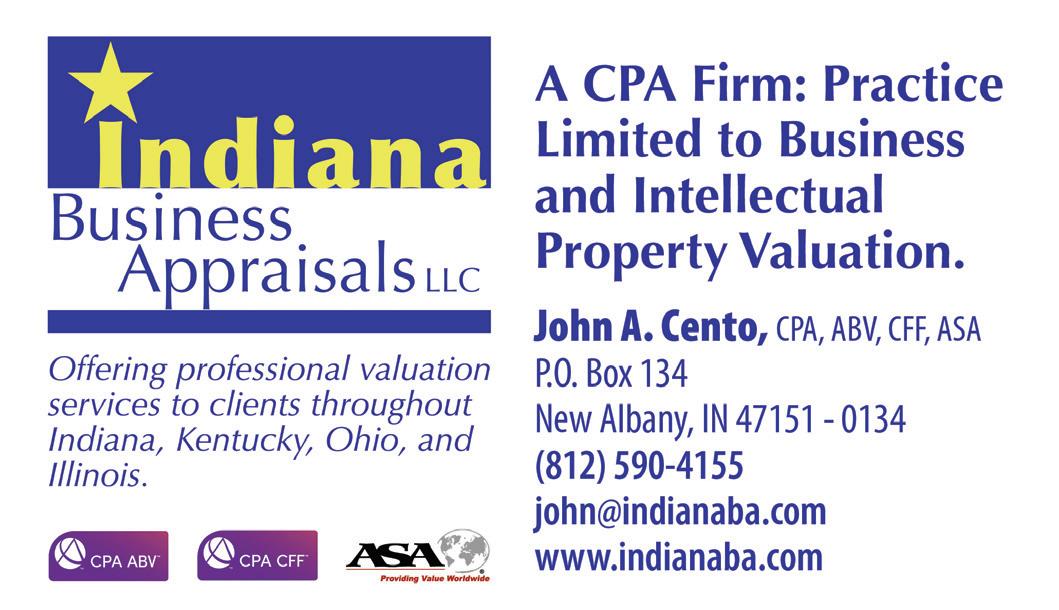
Positions are open to any who wish to respond!
To post an open position at your company, please email info@inla1.org and send the job description along with how to apply.
Questions? Contact Rick Haggard, 765-366-4994




For over 50 years, Unilock has set the standard with ground-breaking products and designs. In 1972, we introduced UNI-Stone® to North America, taking hardscapes to new heights of durability and aesthetics. A decade later, we introduced Classico®, the first circular paver system.
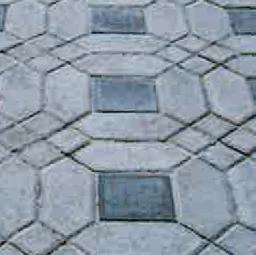
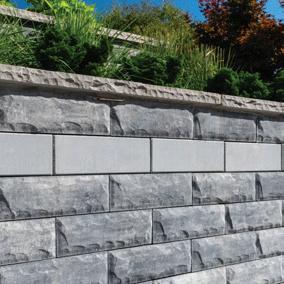




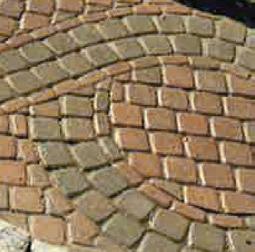



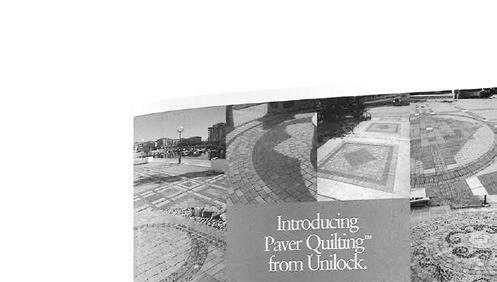
From timeless Elegance products to the contemporary Umbriano®, we continue to innovate and grow. We’re 30 years ahead of the curve in geometric designs, with a line of geometric forms and unique banding technique, and a design manual we initially dubbed “Paver Quilting”! Thanks to the U-Cara® Multi-Face Wall System, contractors can express their design creativity vertically. Thousands of contractors and designers use our user-friendly, cost-effective U-Vision® 3D design software since its introduction more than 20 years ago.
50 years and counting and we’re just getting started! Contact us at 1-800-UNILOCK or UNILOCK.com to see how we can help you reach your design goals.
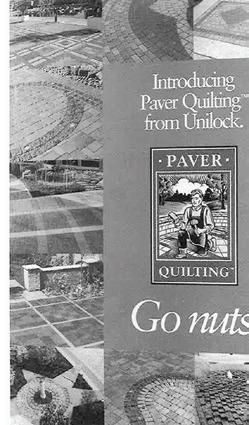

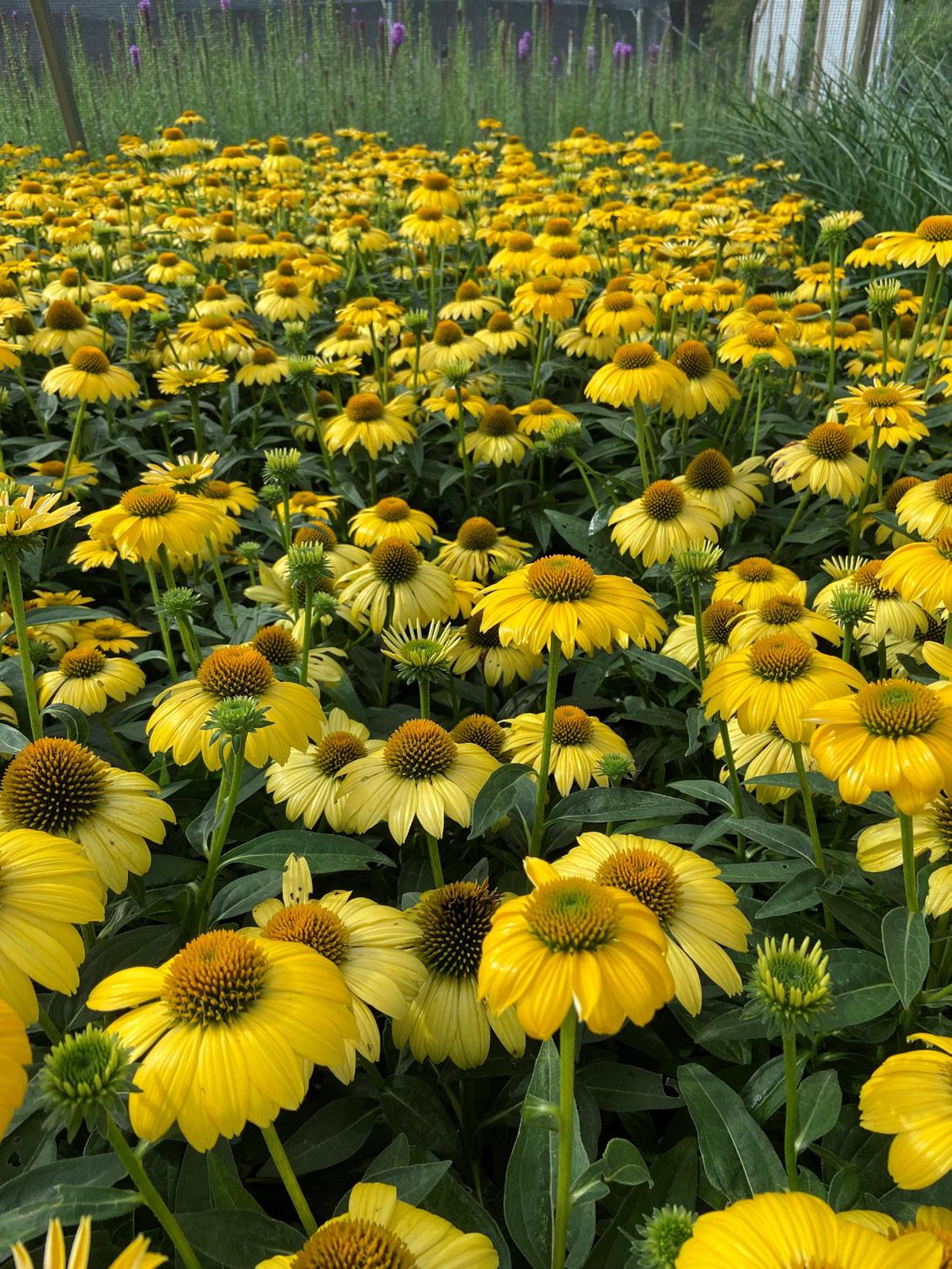
7915 S. Emerson Ave., Suite 247
Indianapolis, IN 46237
JULY | AUGUST 2023
Address Service Requested
BrehobNursery.com
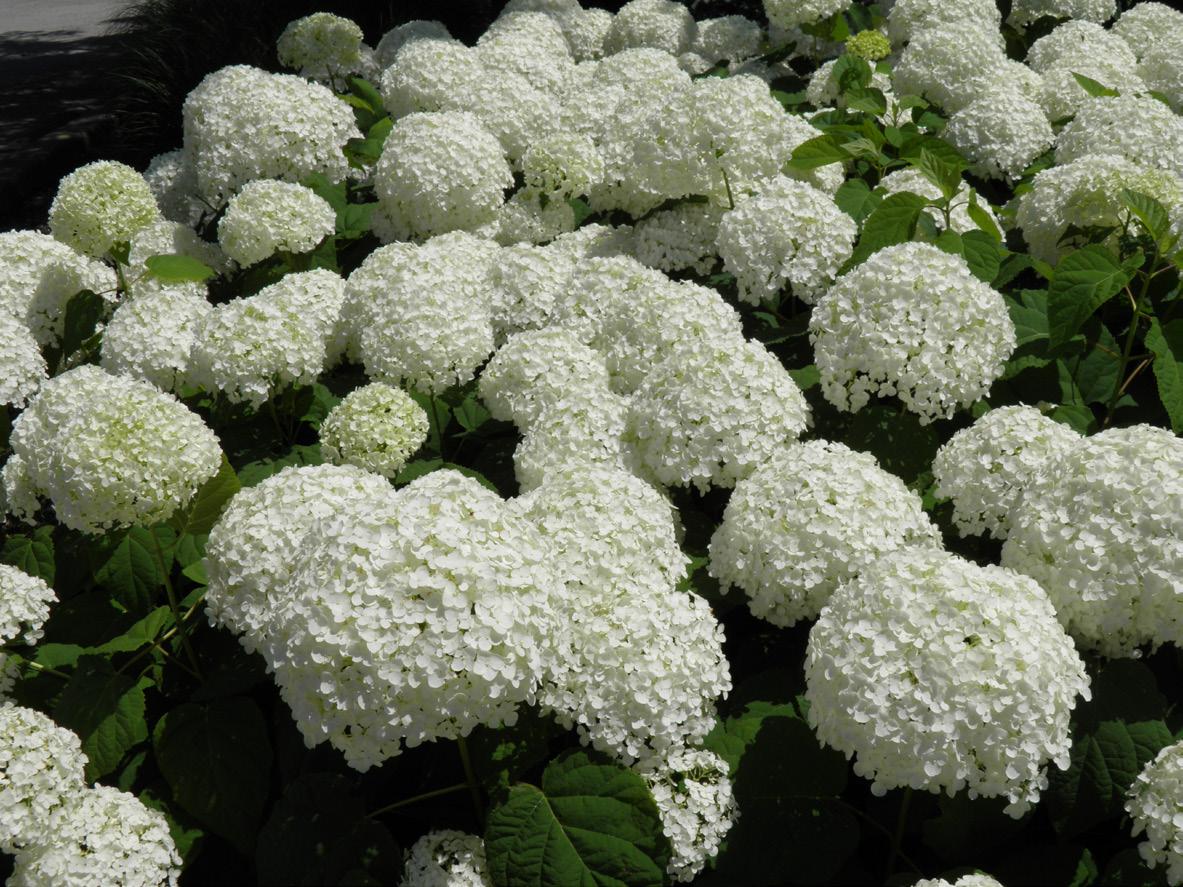
For more than 50 years, Brehob has been committed to providing top businesses and landscapers with top notch quality, selection, and availability. Join us as we continue the Brehob tradition of innovation in the green industry.
Westfield
4867 Sheridan Road (SR 38) Westfield, IN 46062 317-877-0188 or 877-829-0188
Indianapolis
4316 Bluff Road Indianapolis, IN 46217 317-783-3233 or 800-921-3233